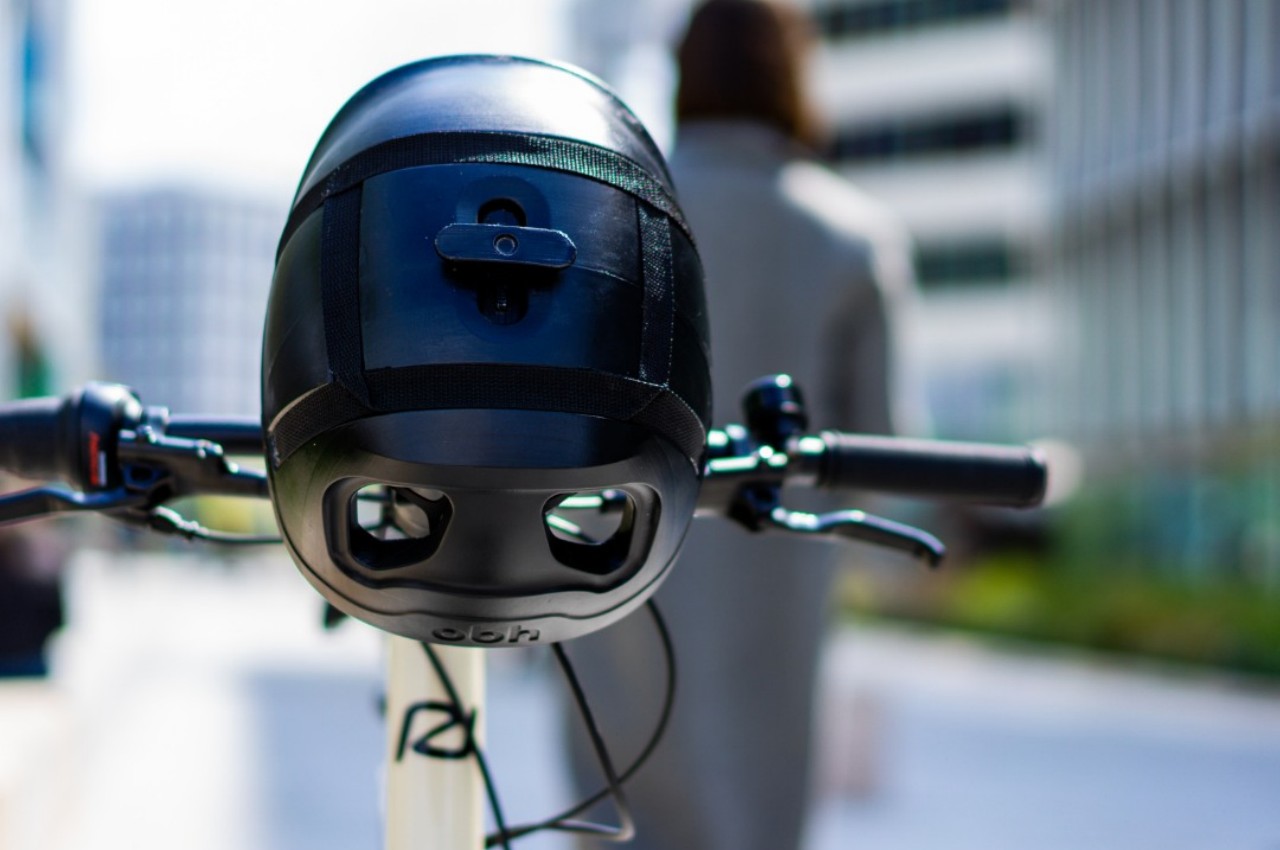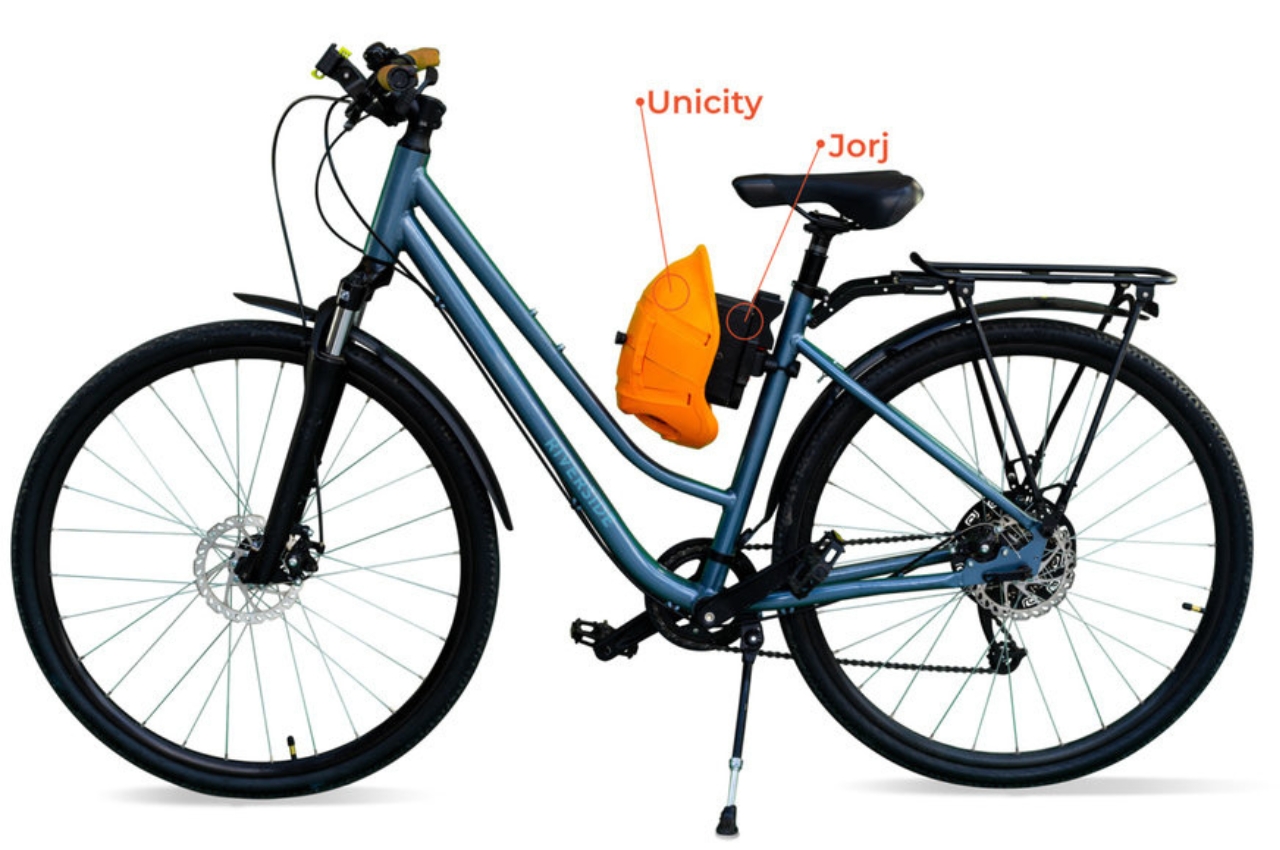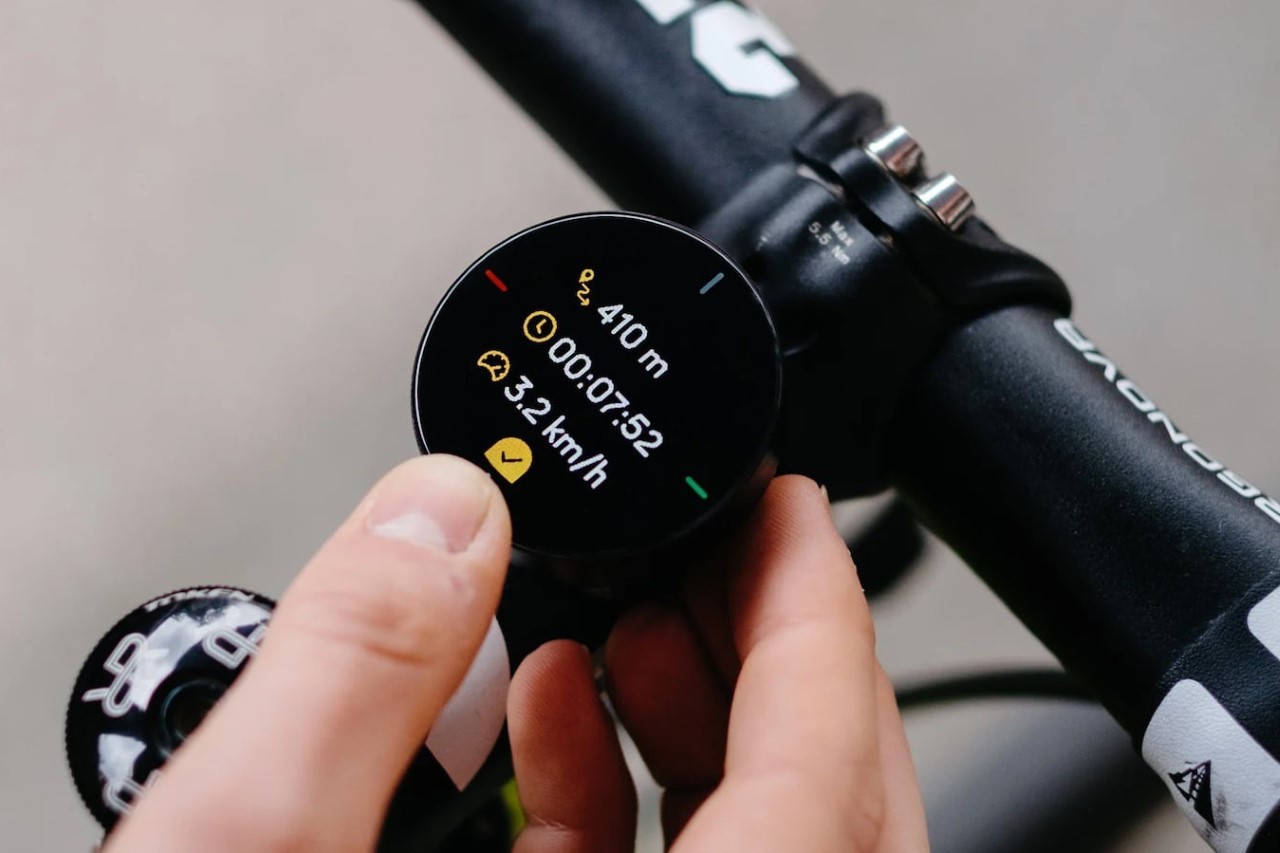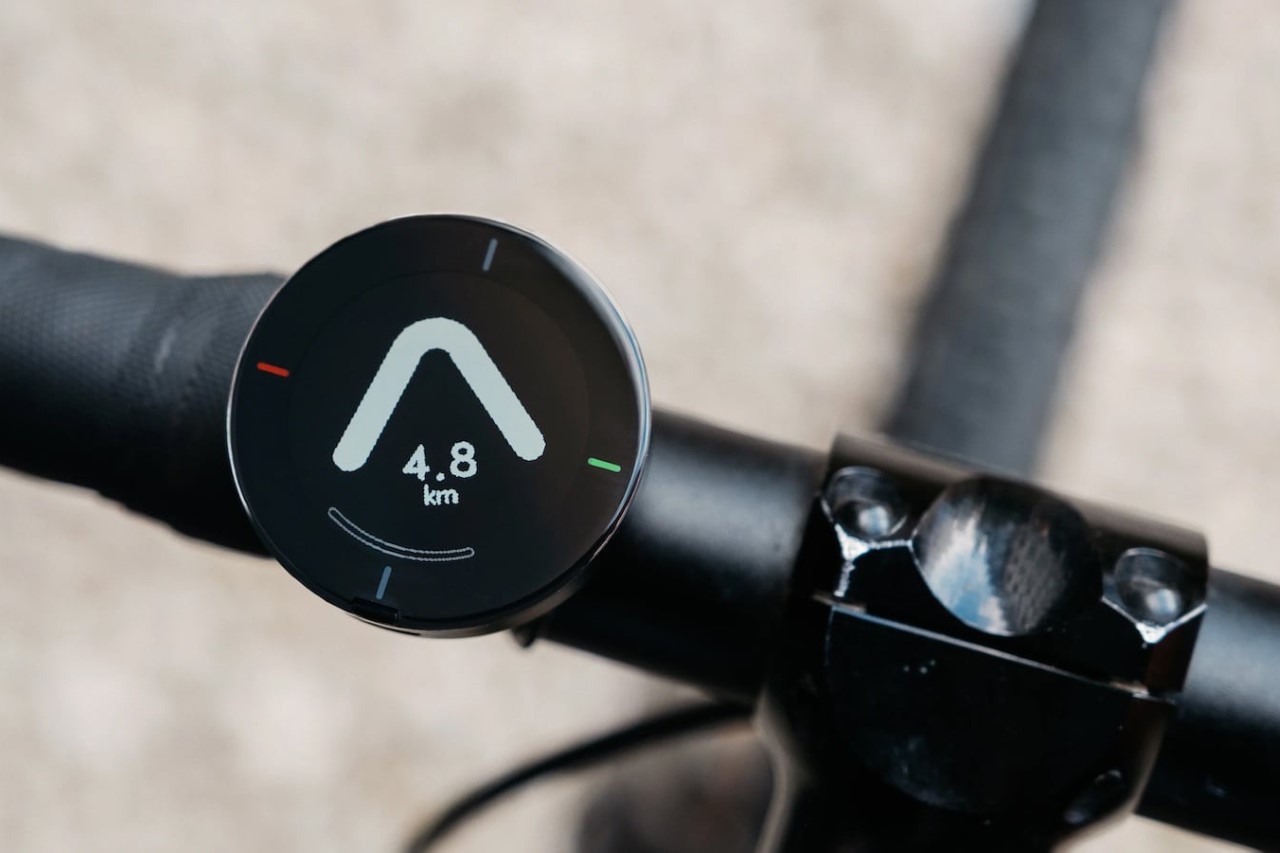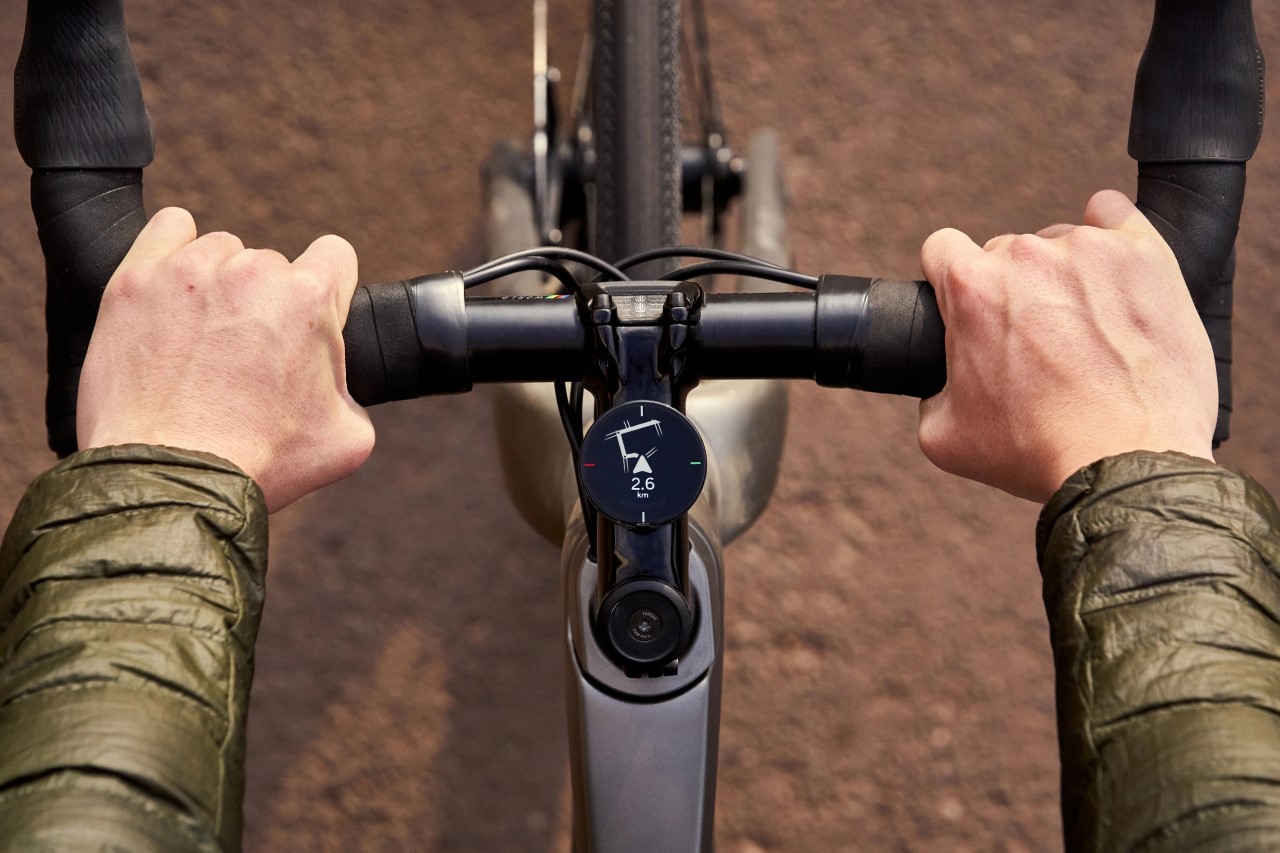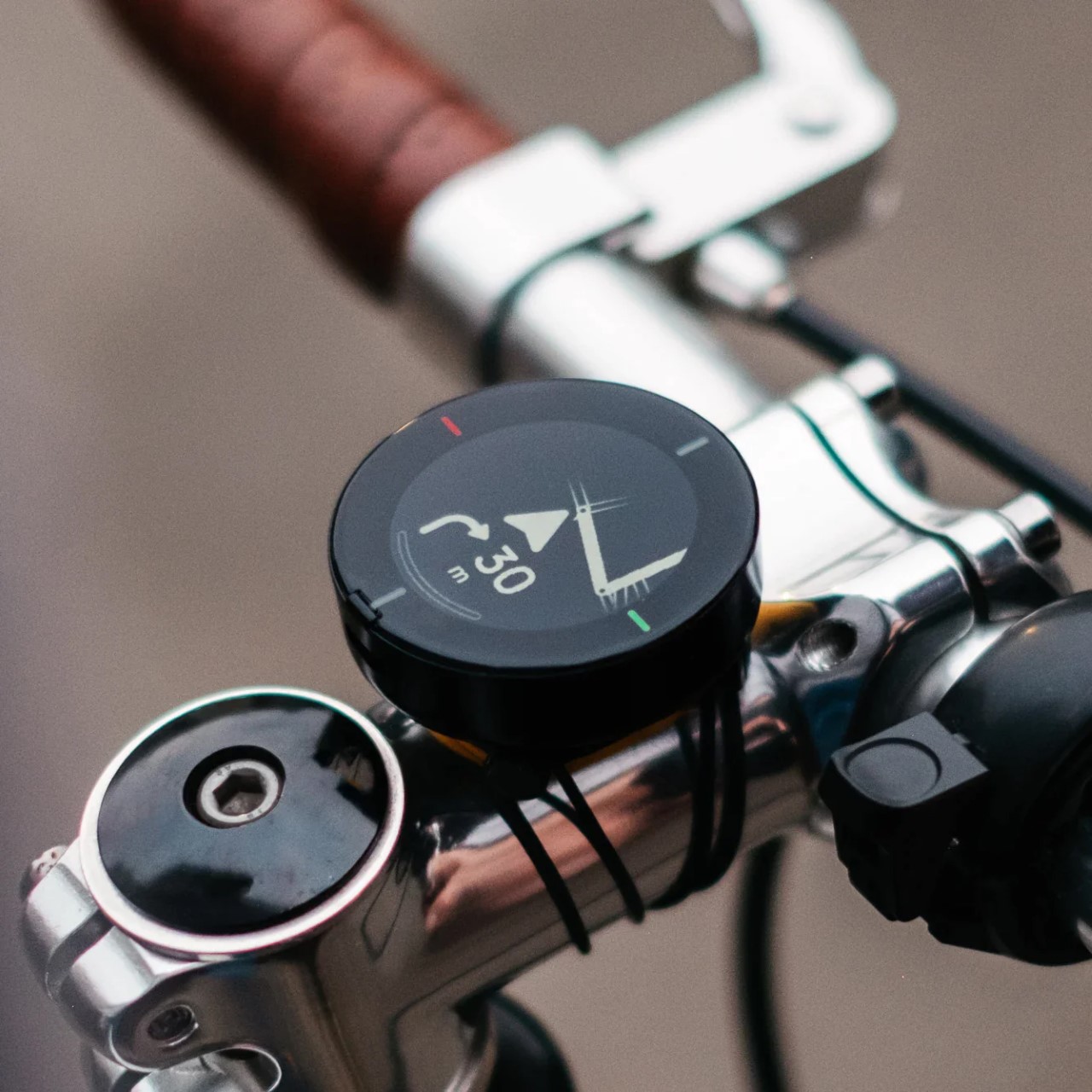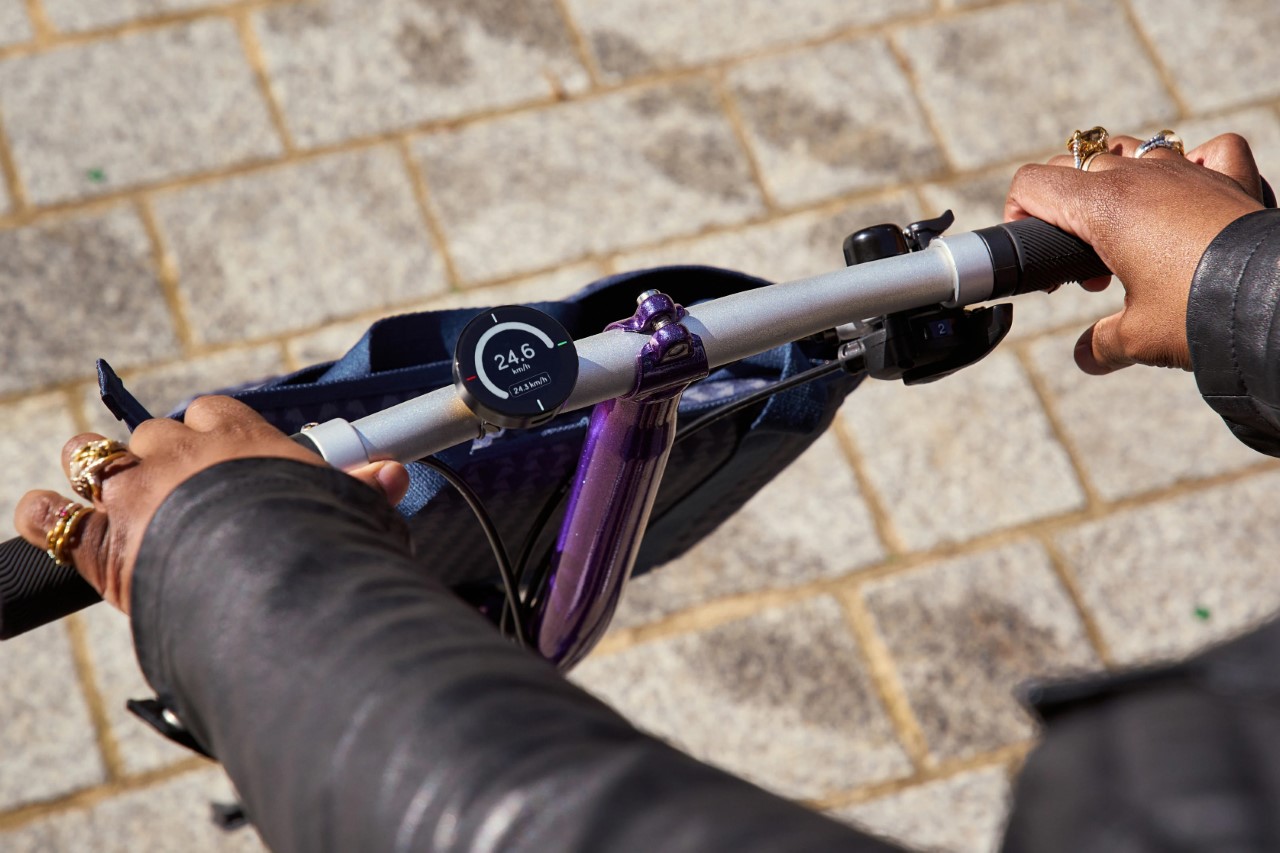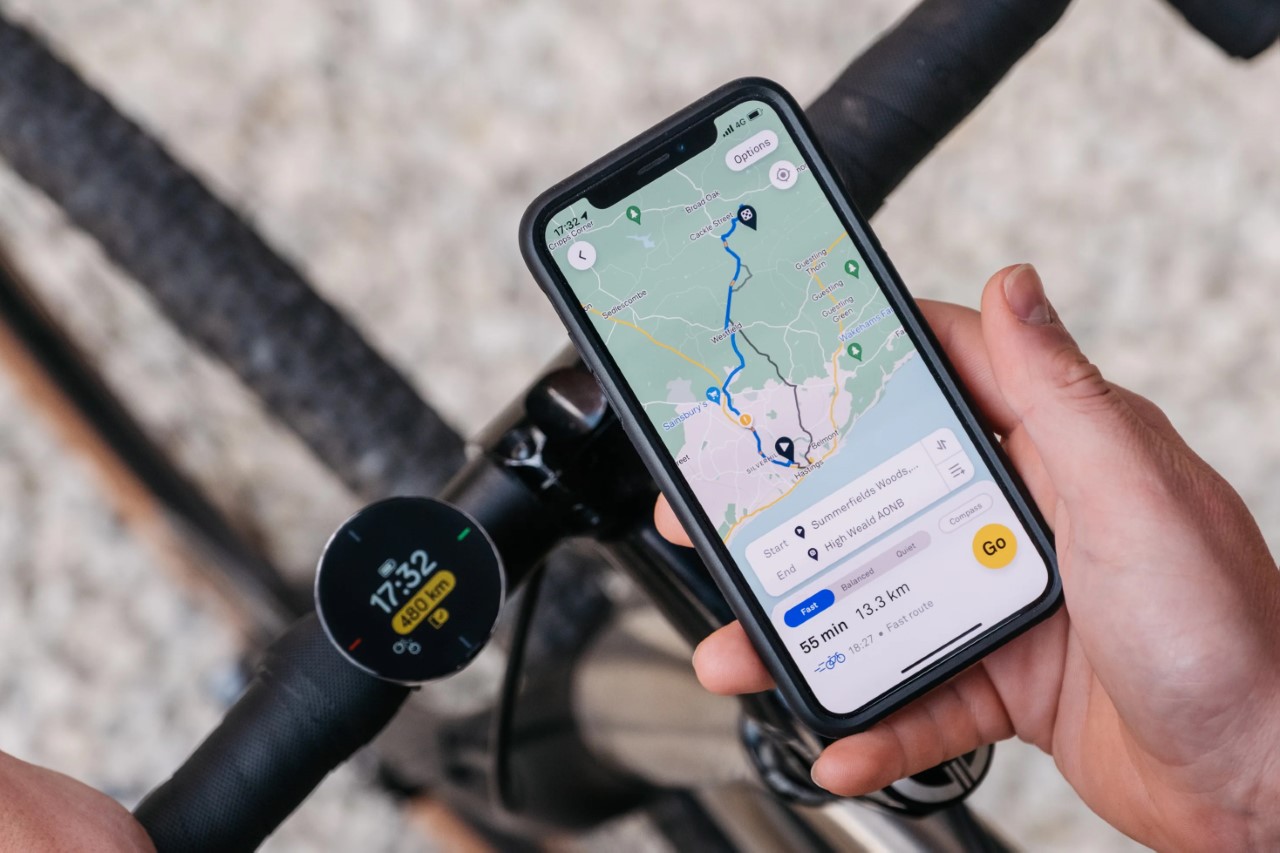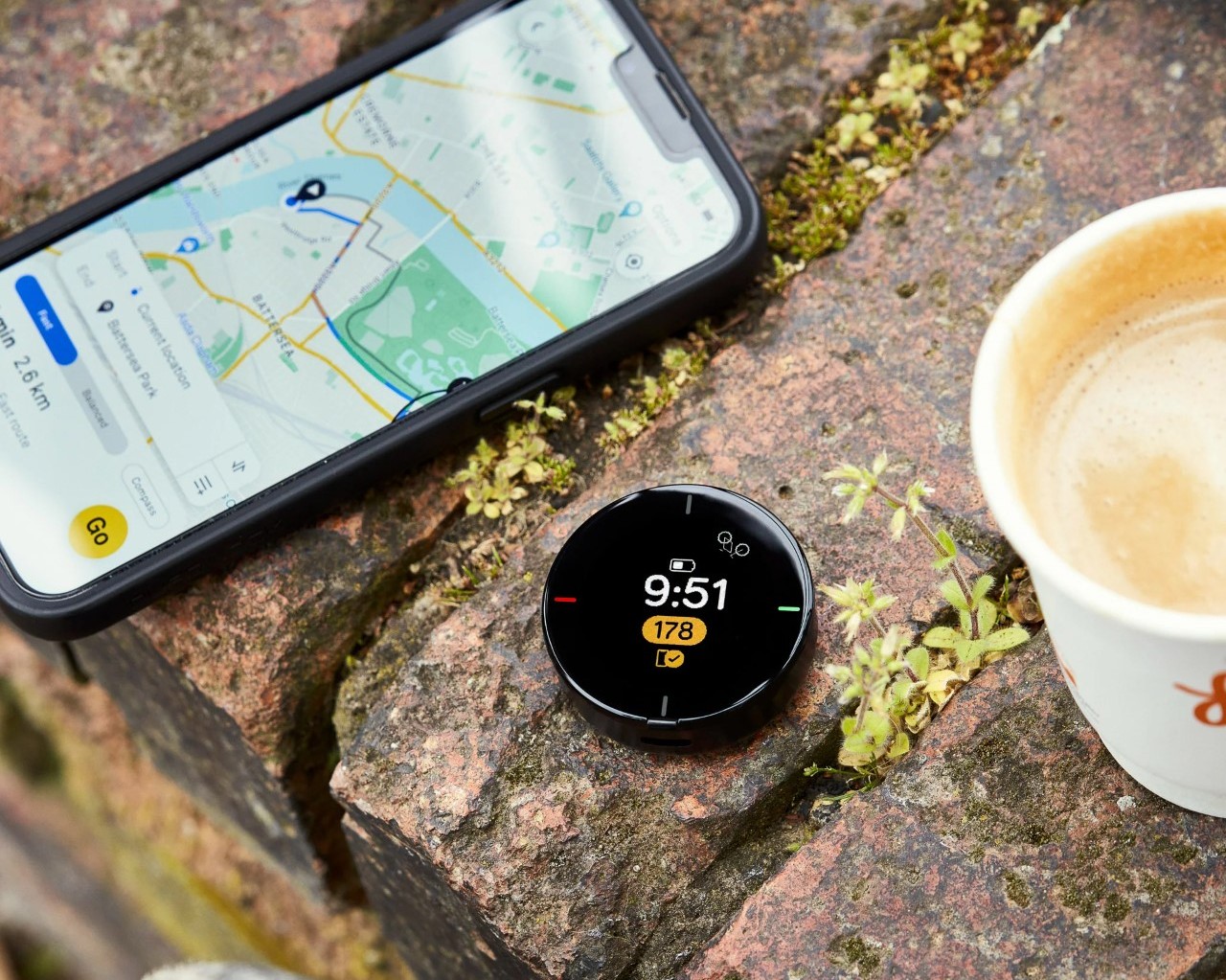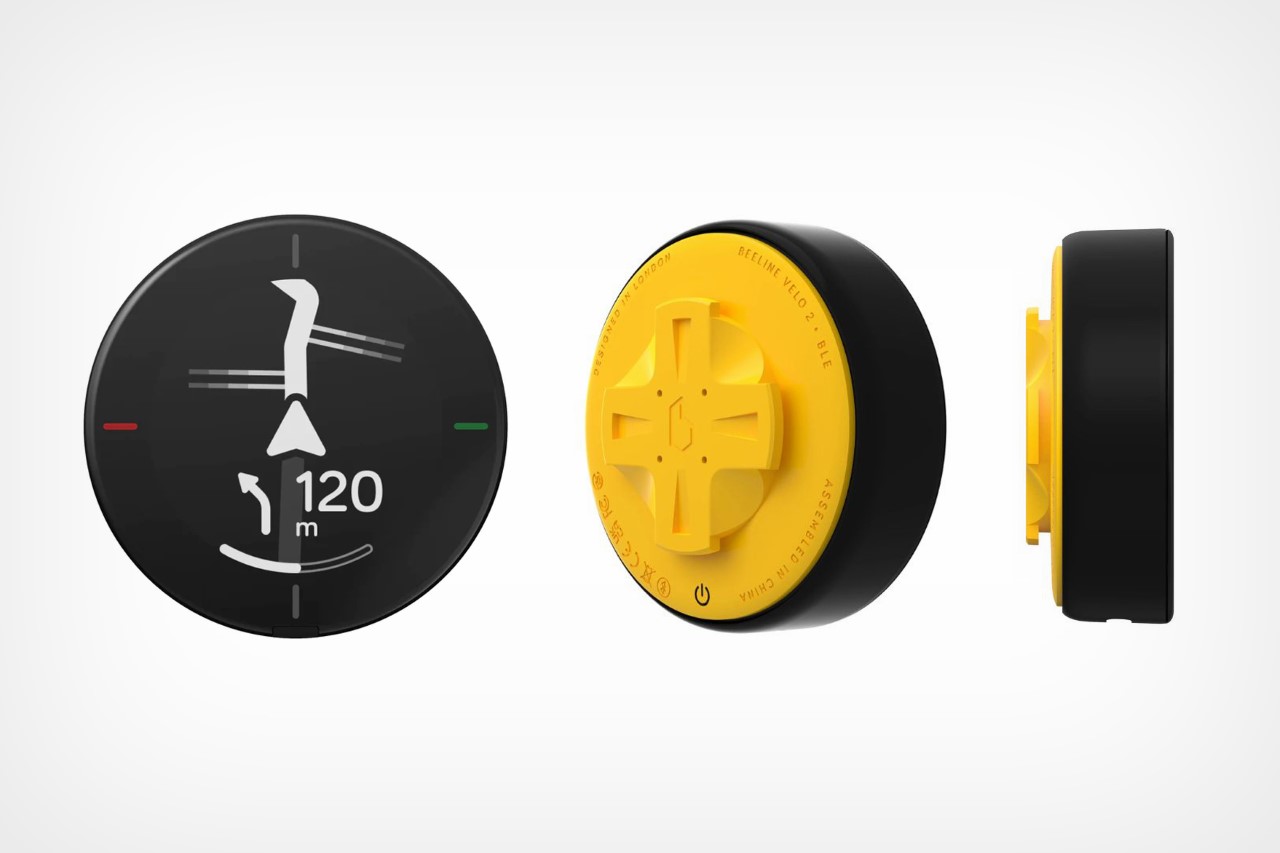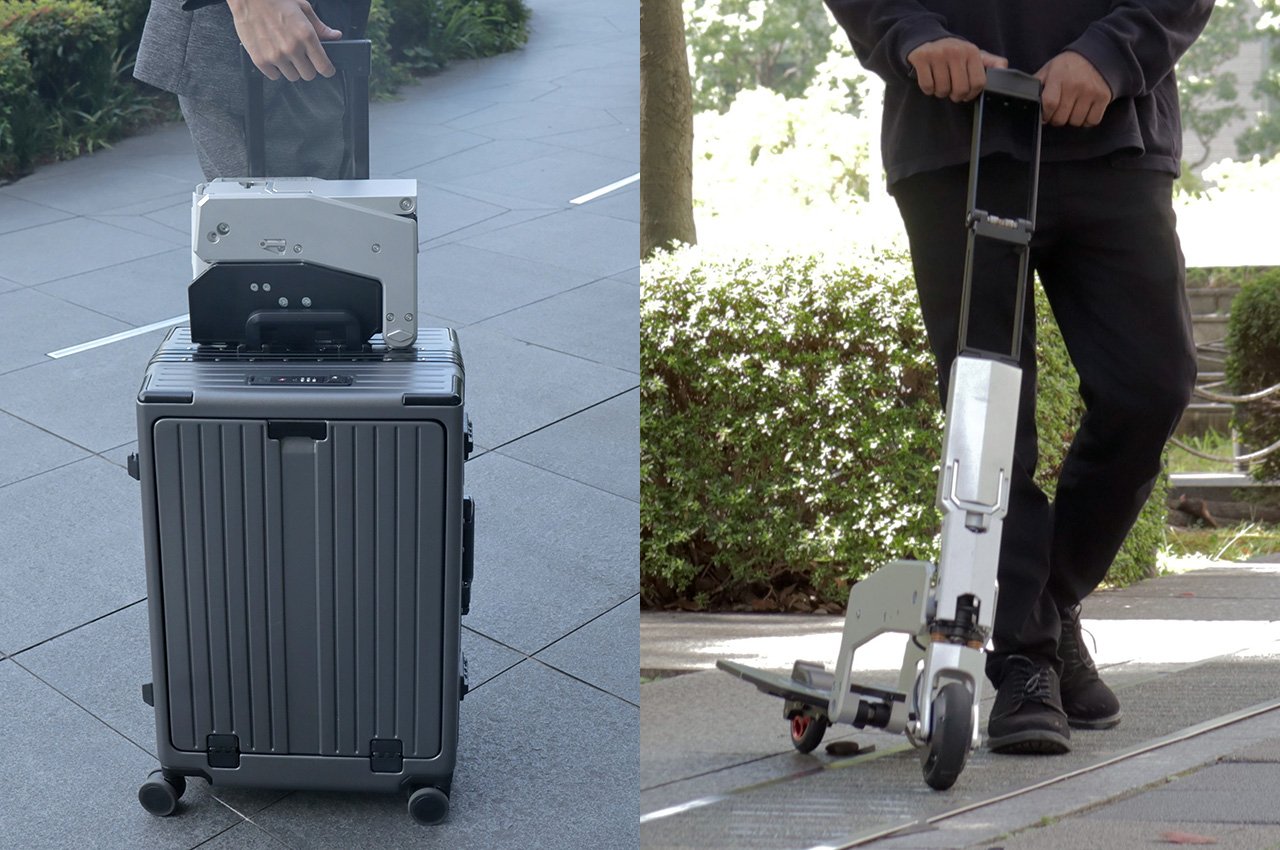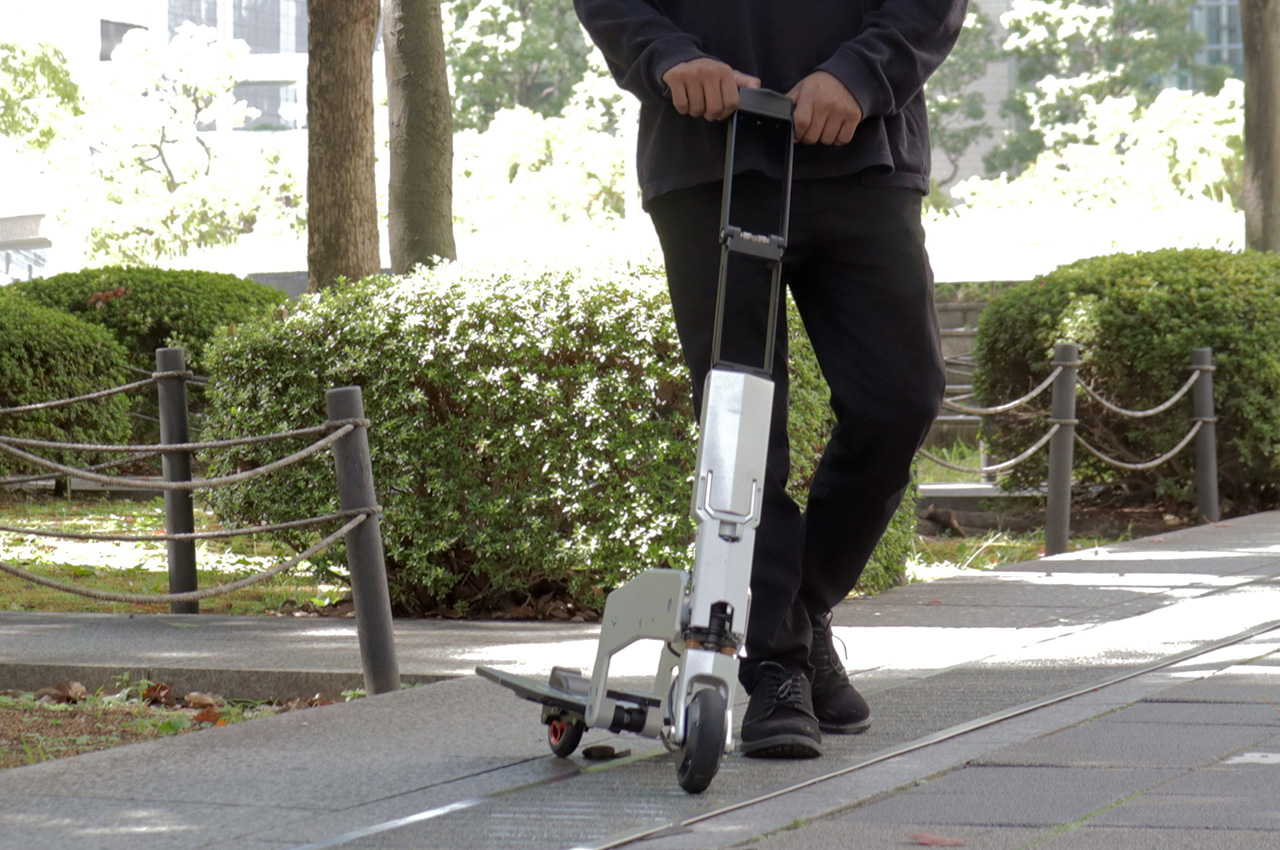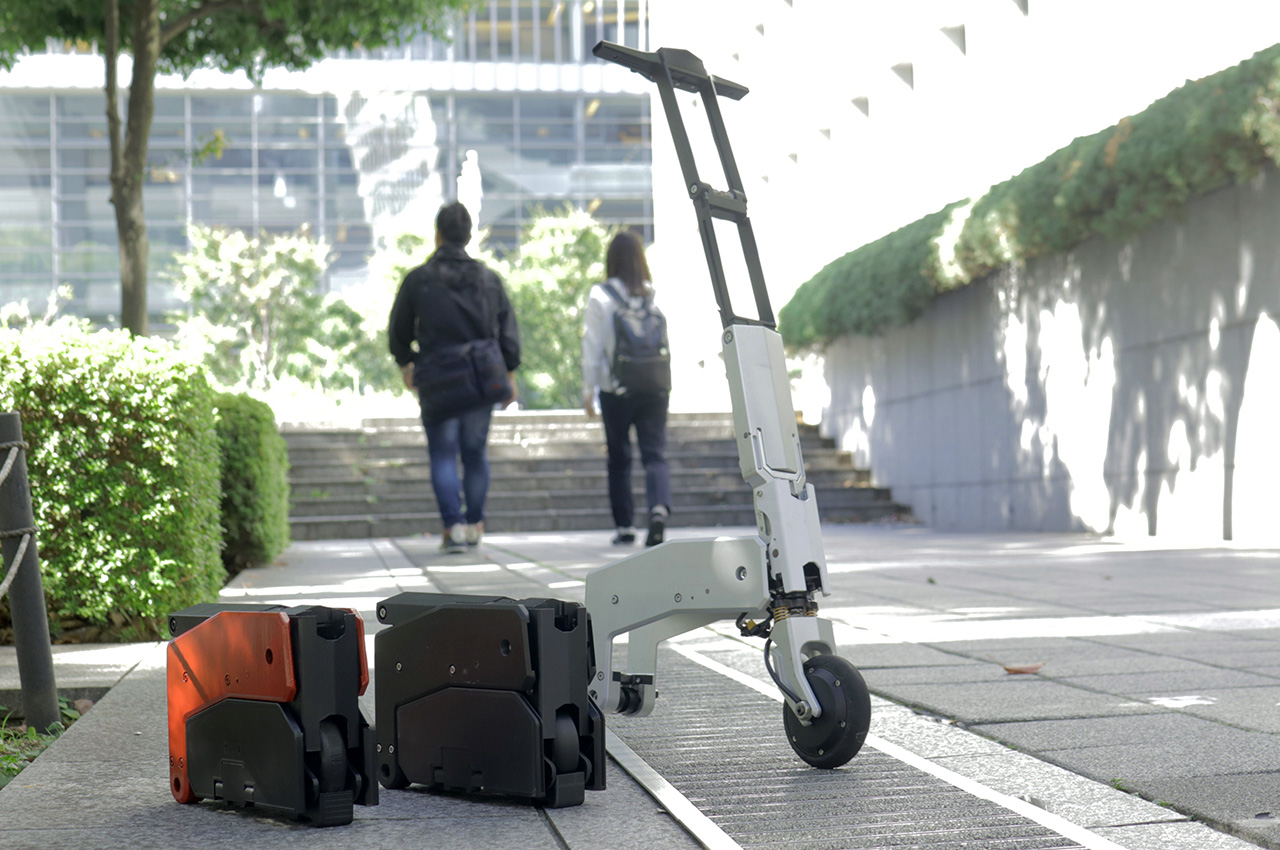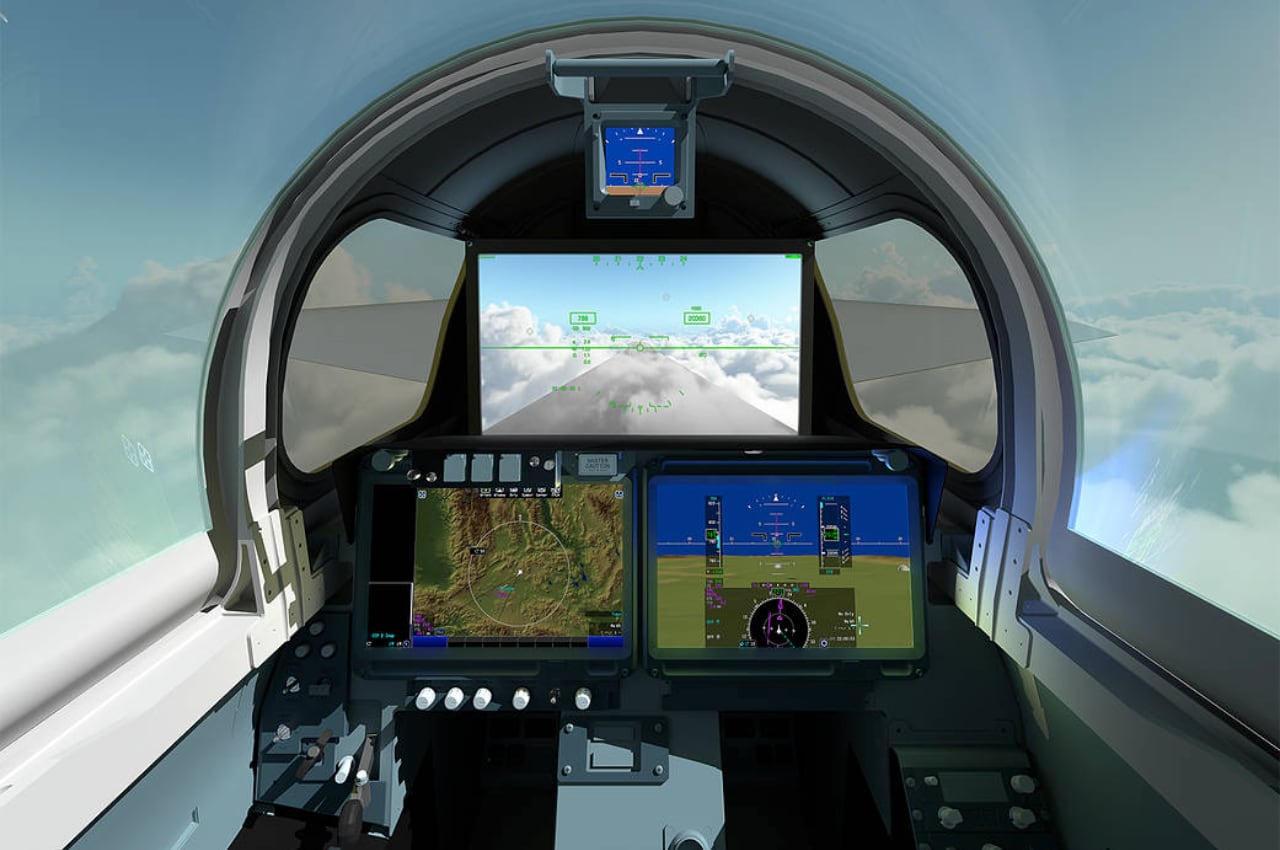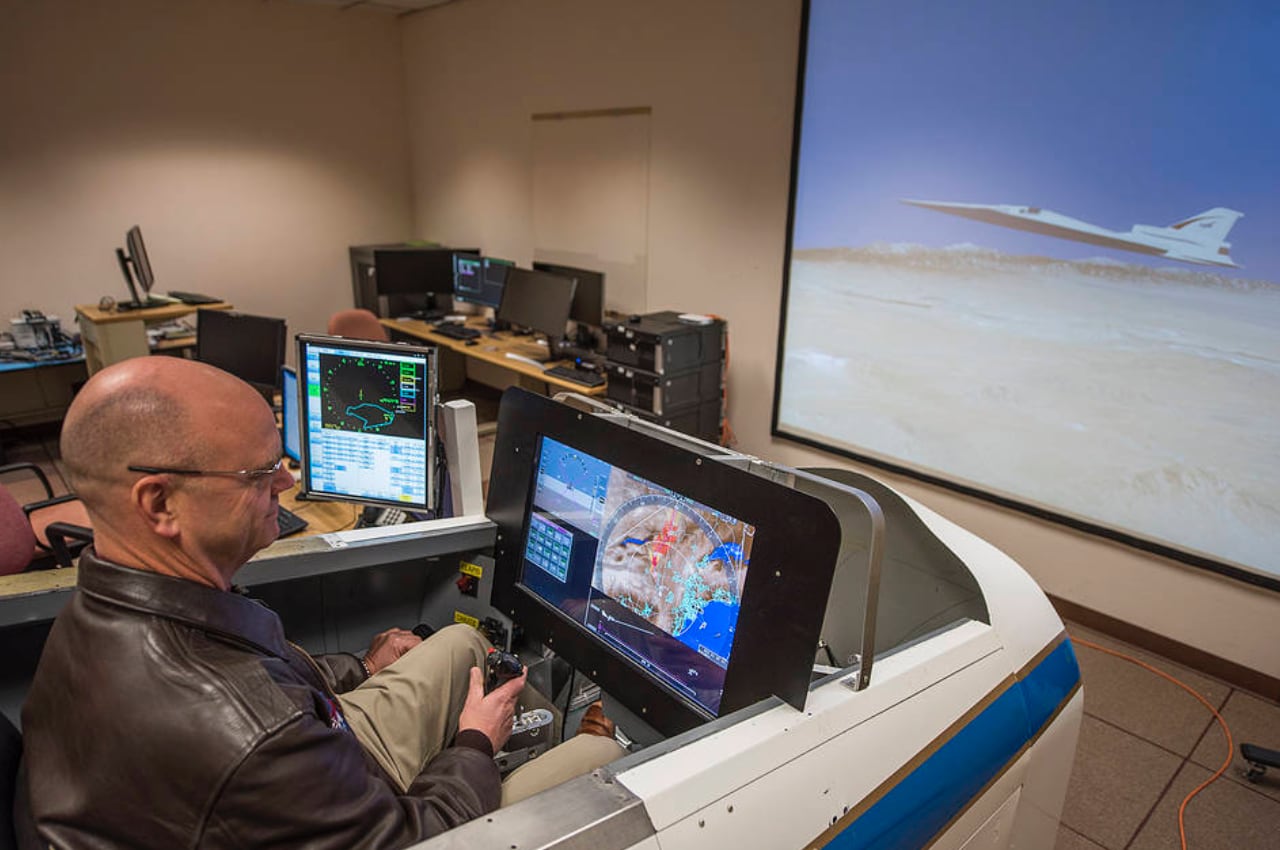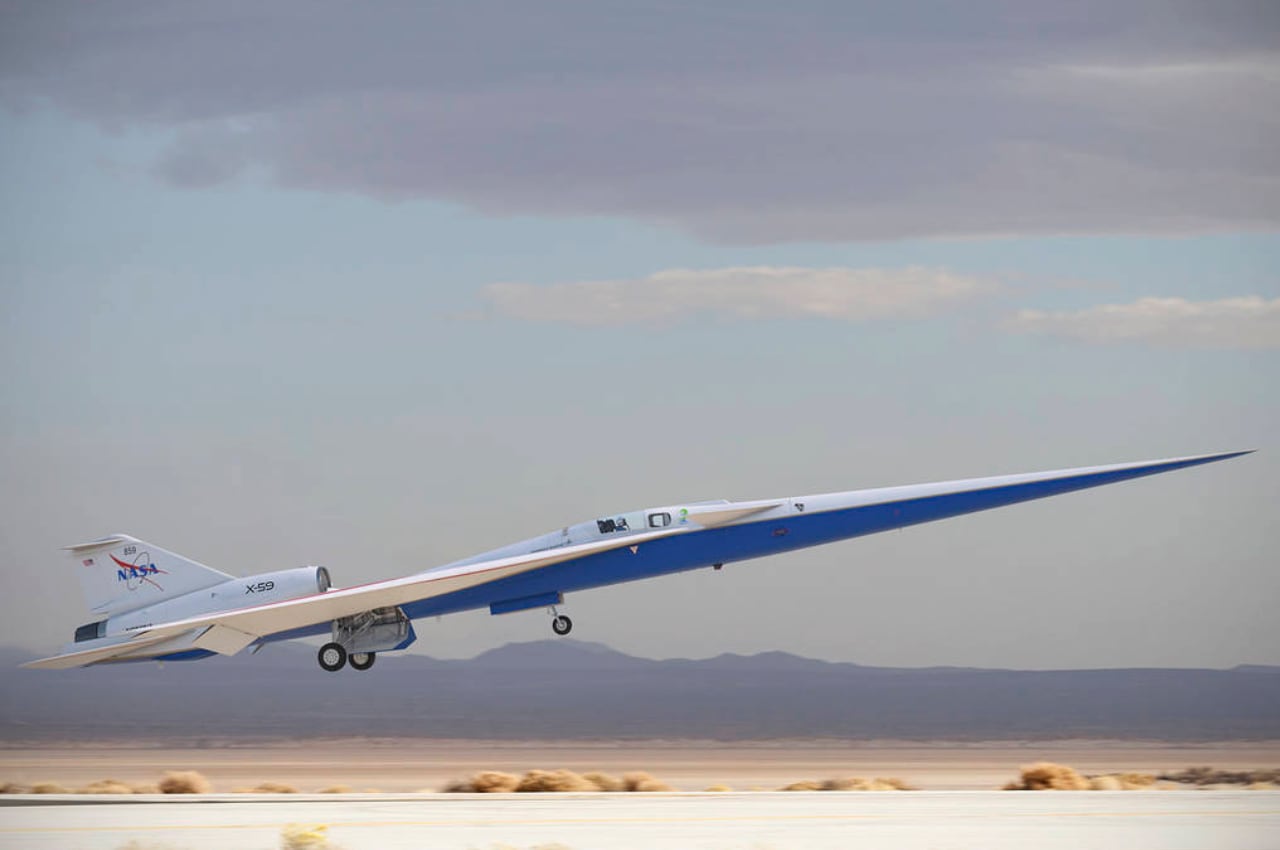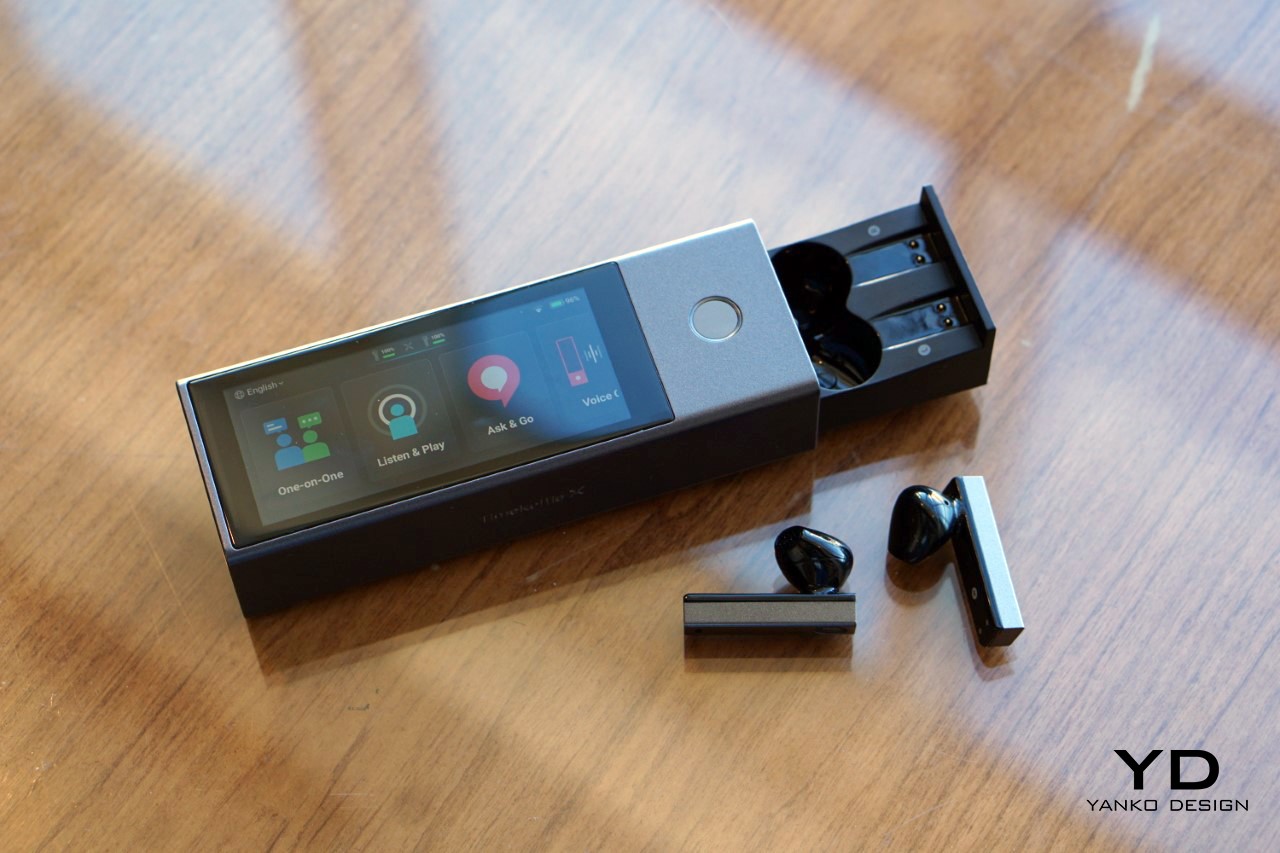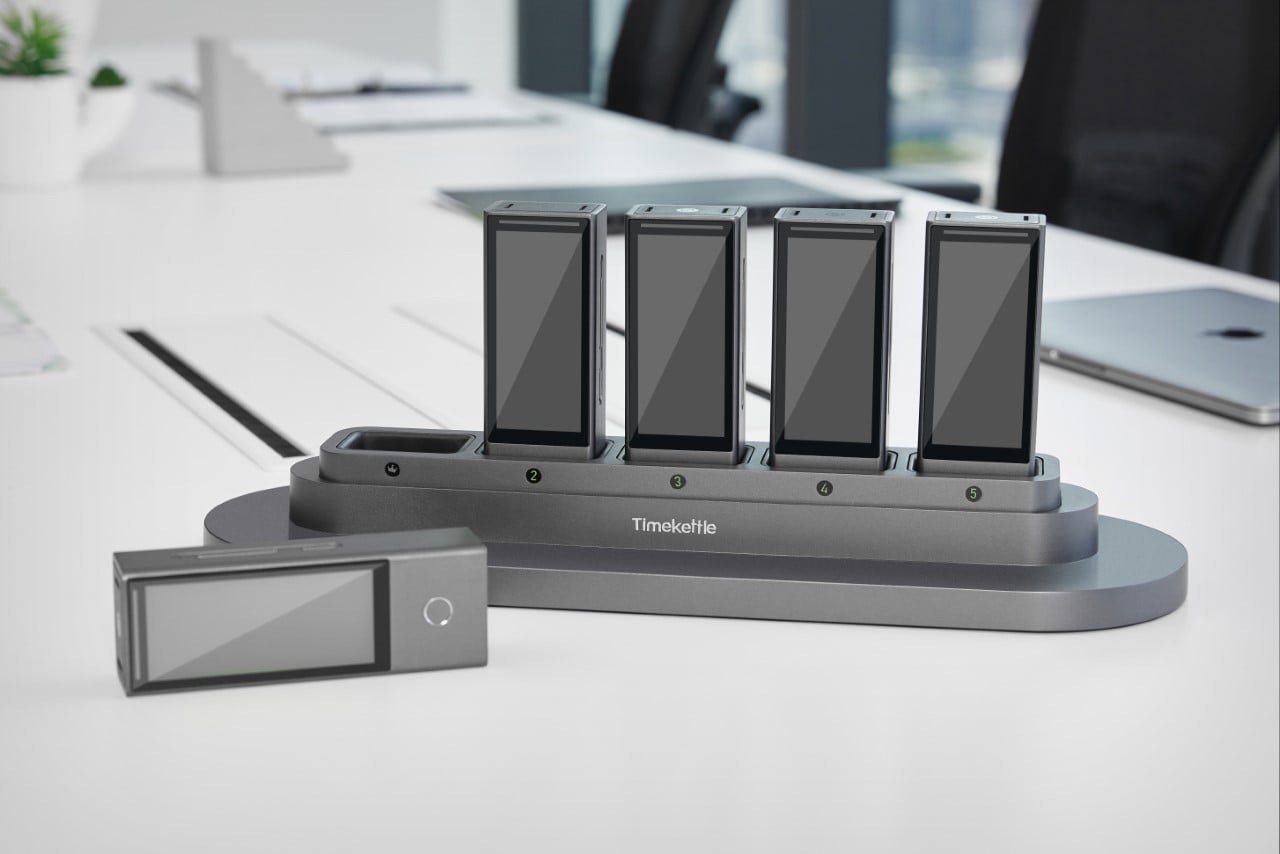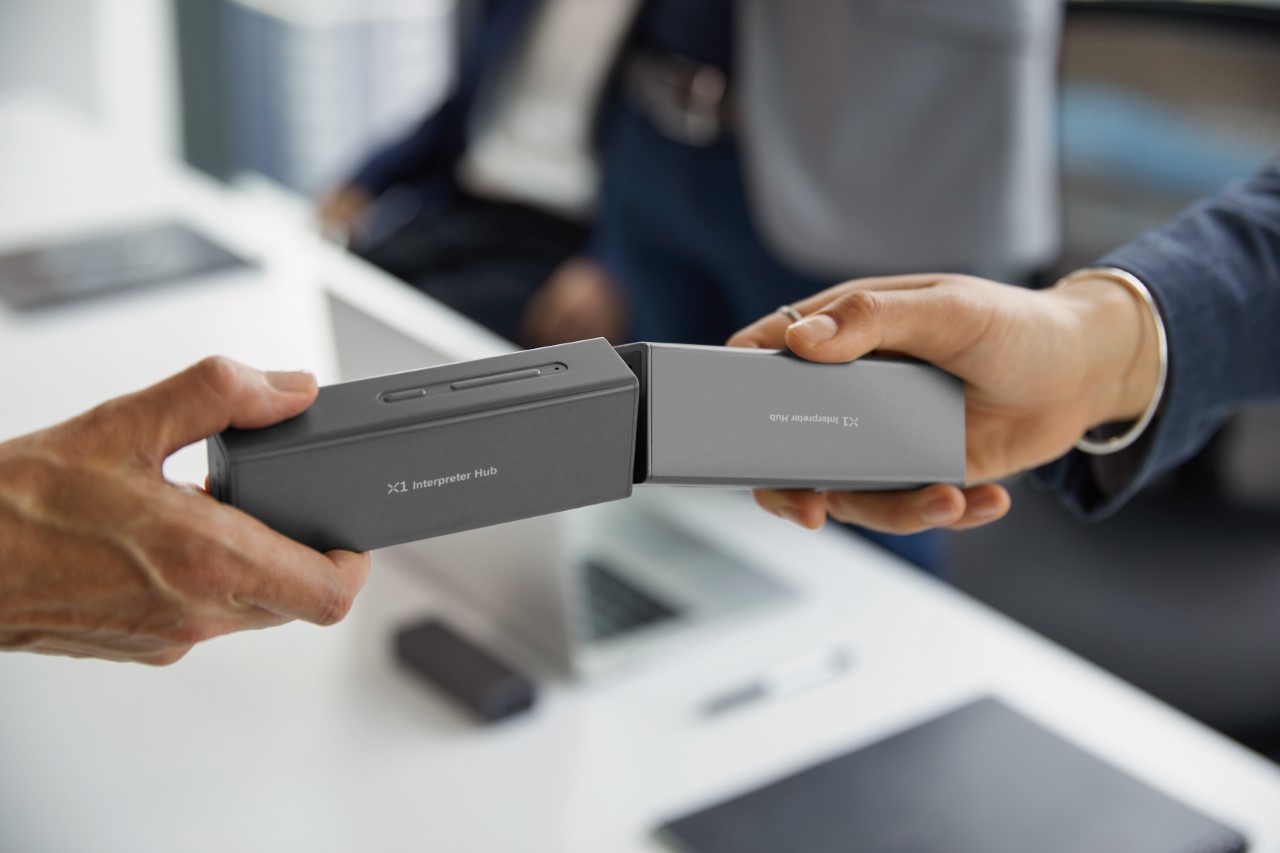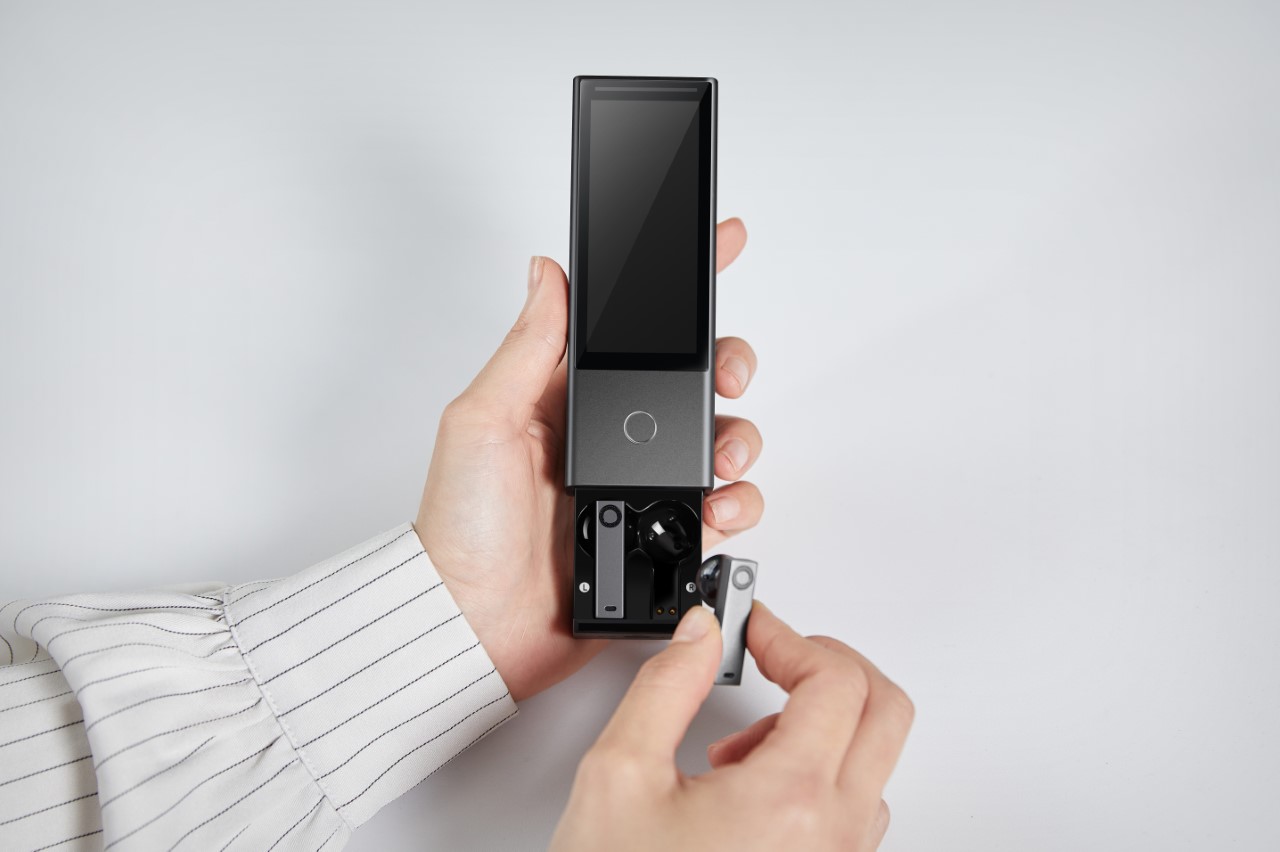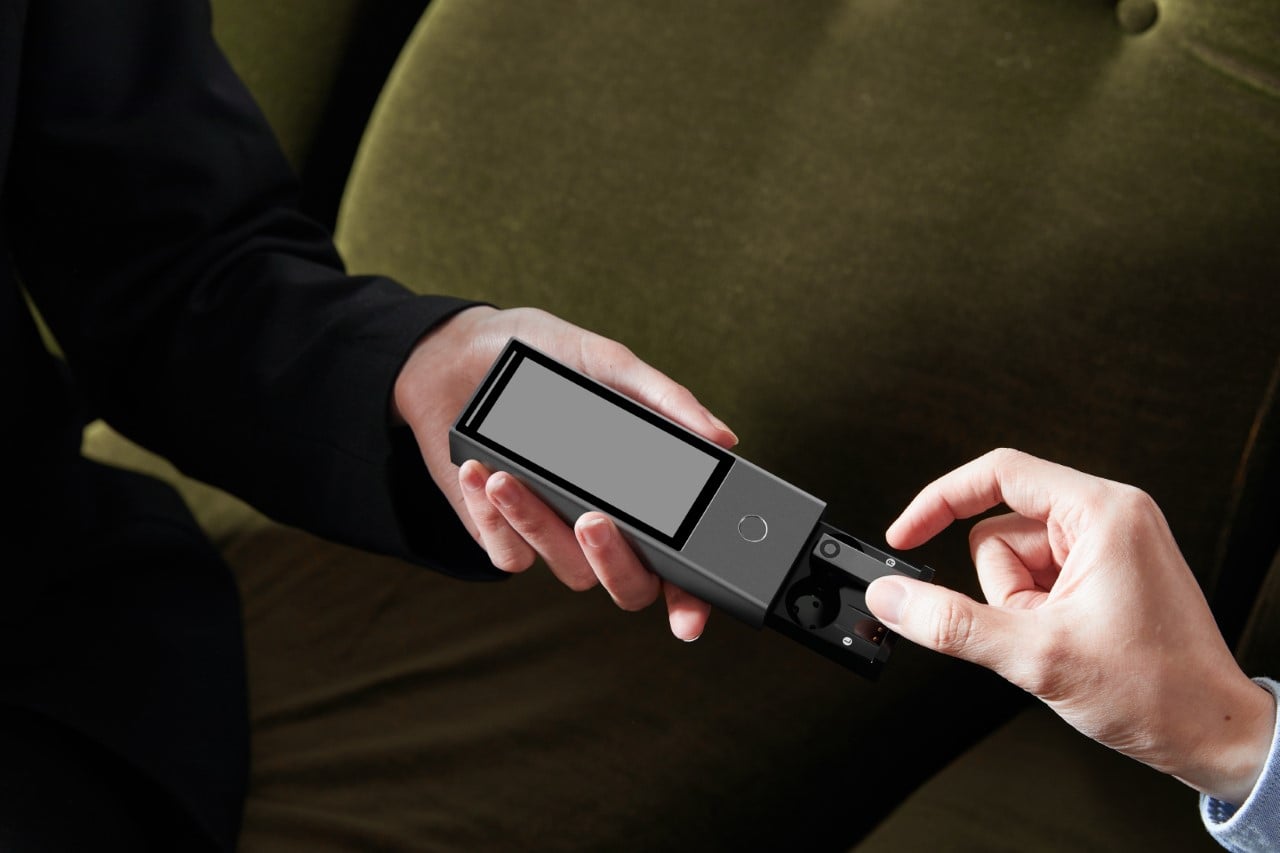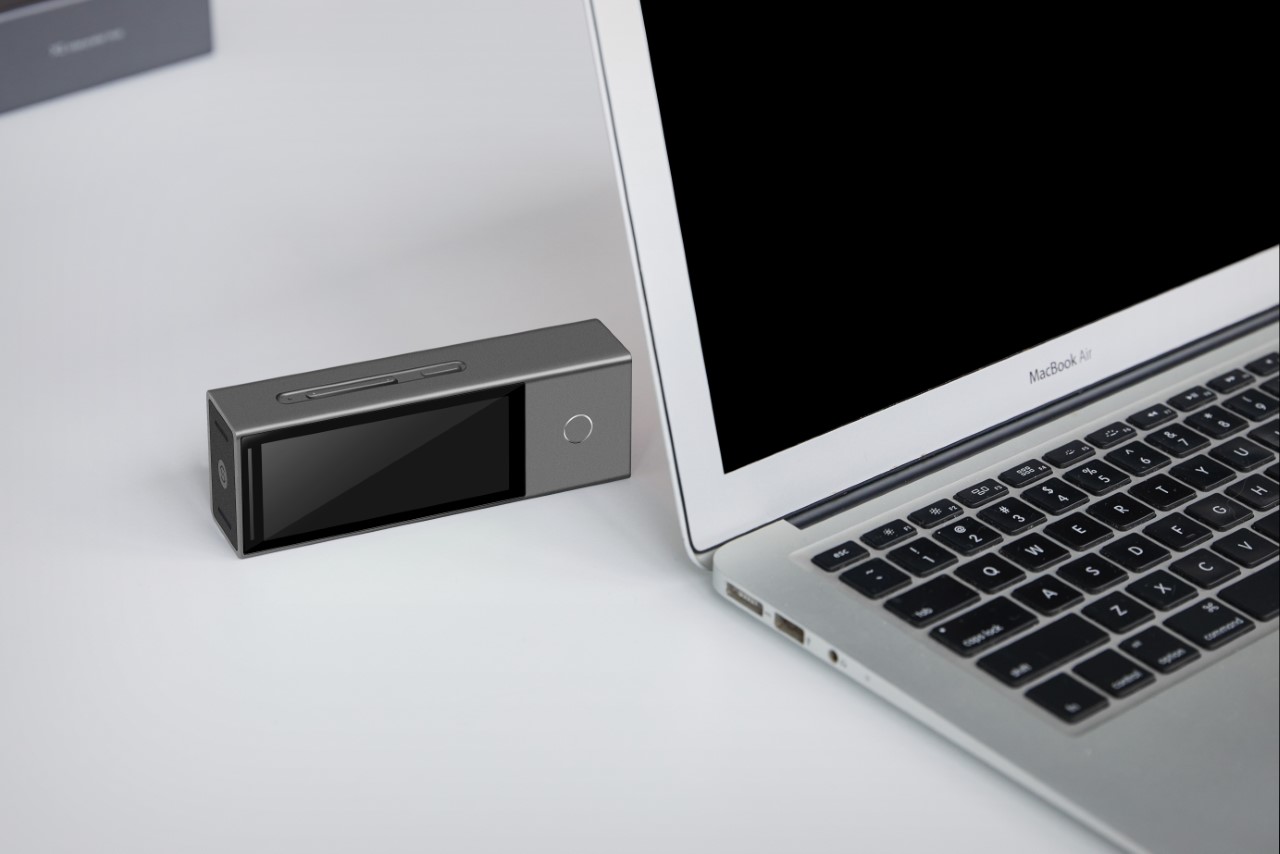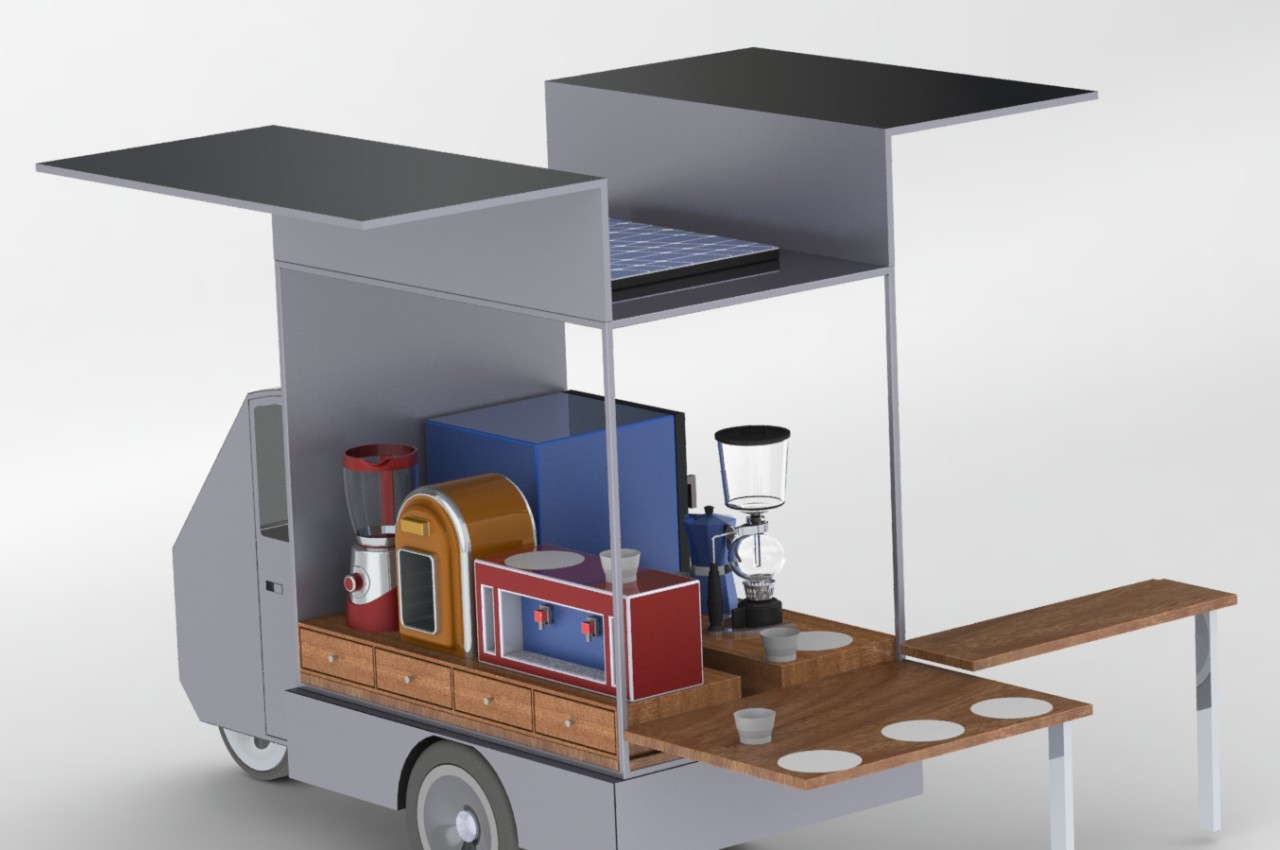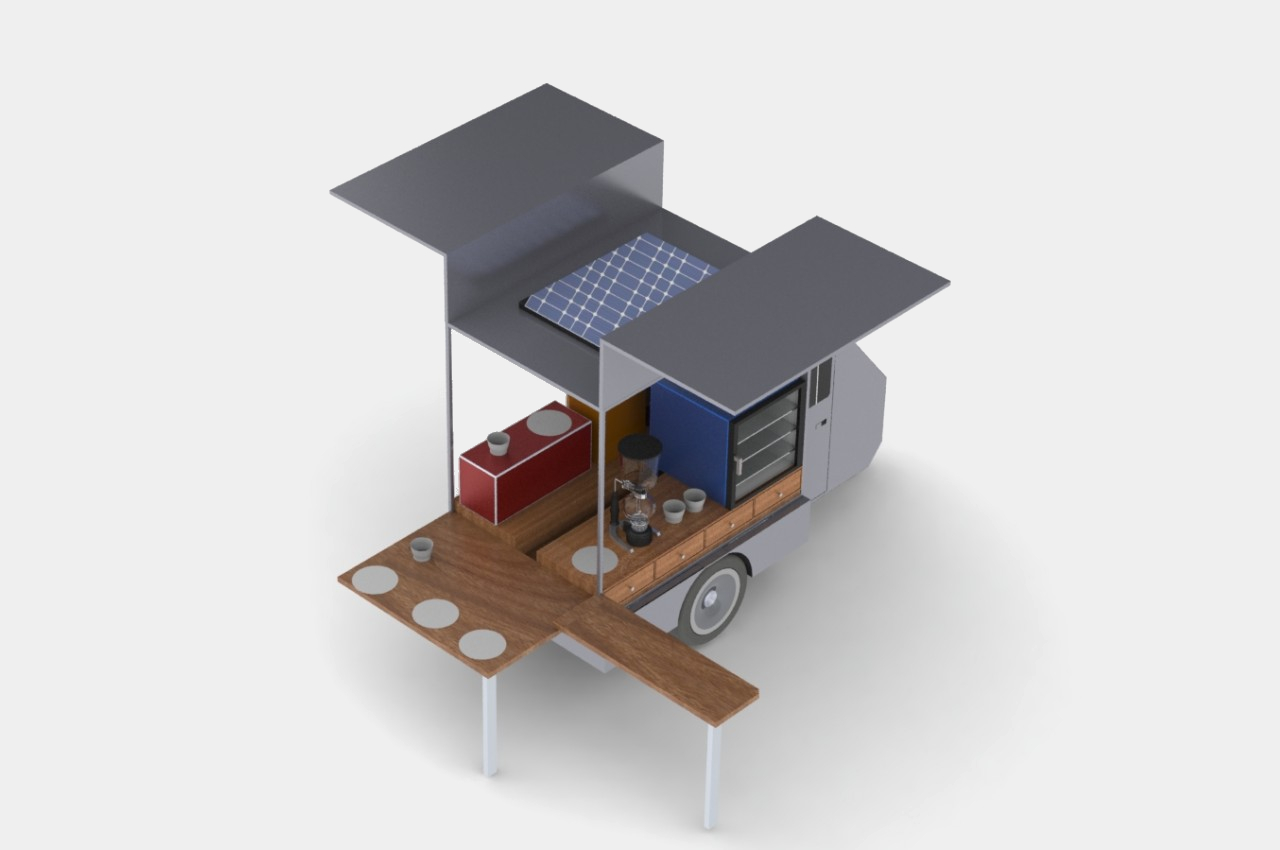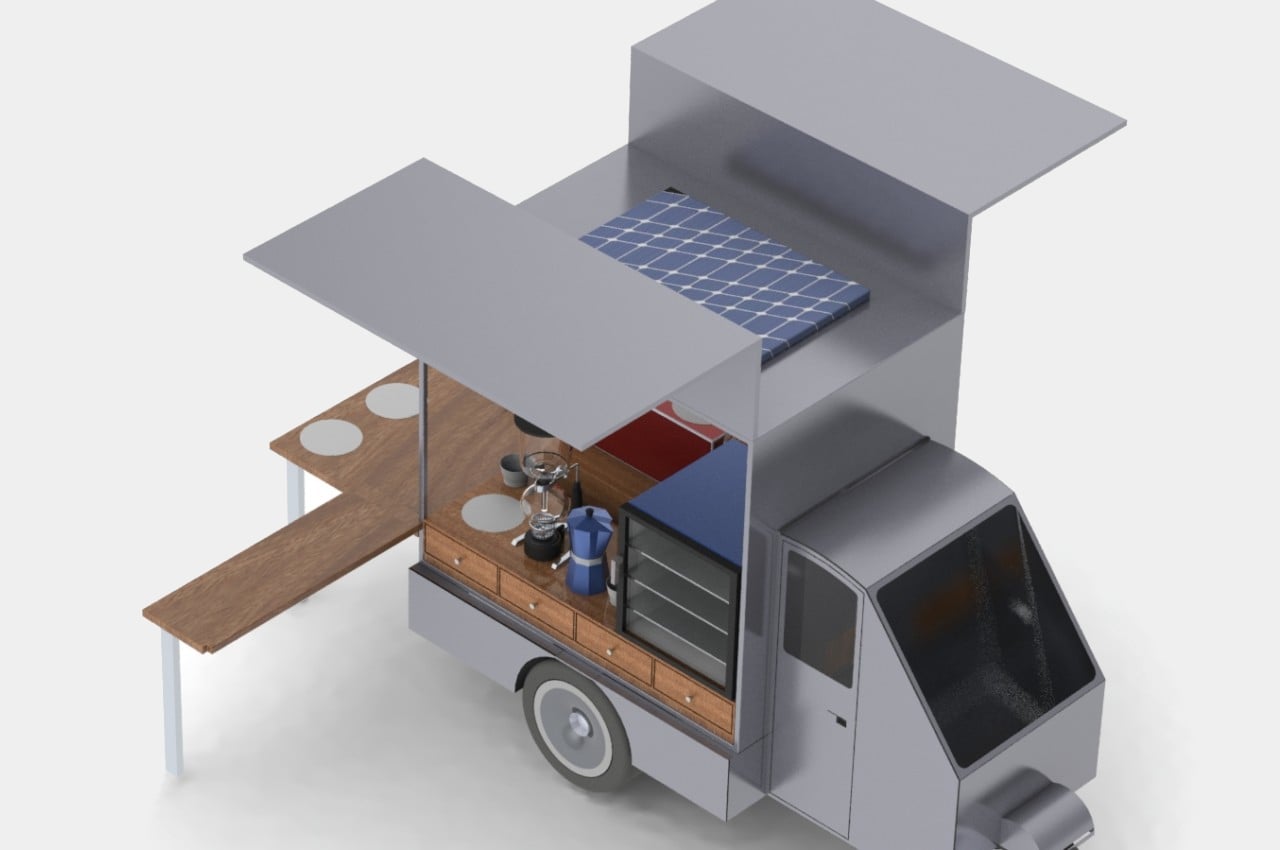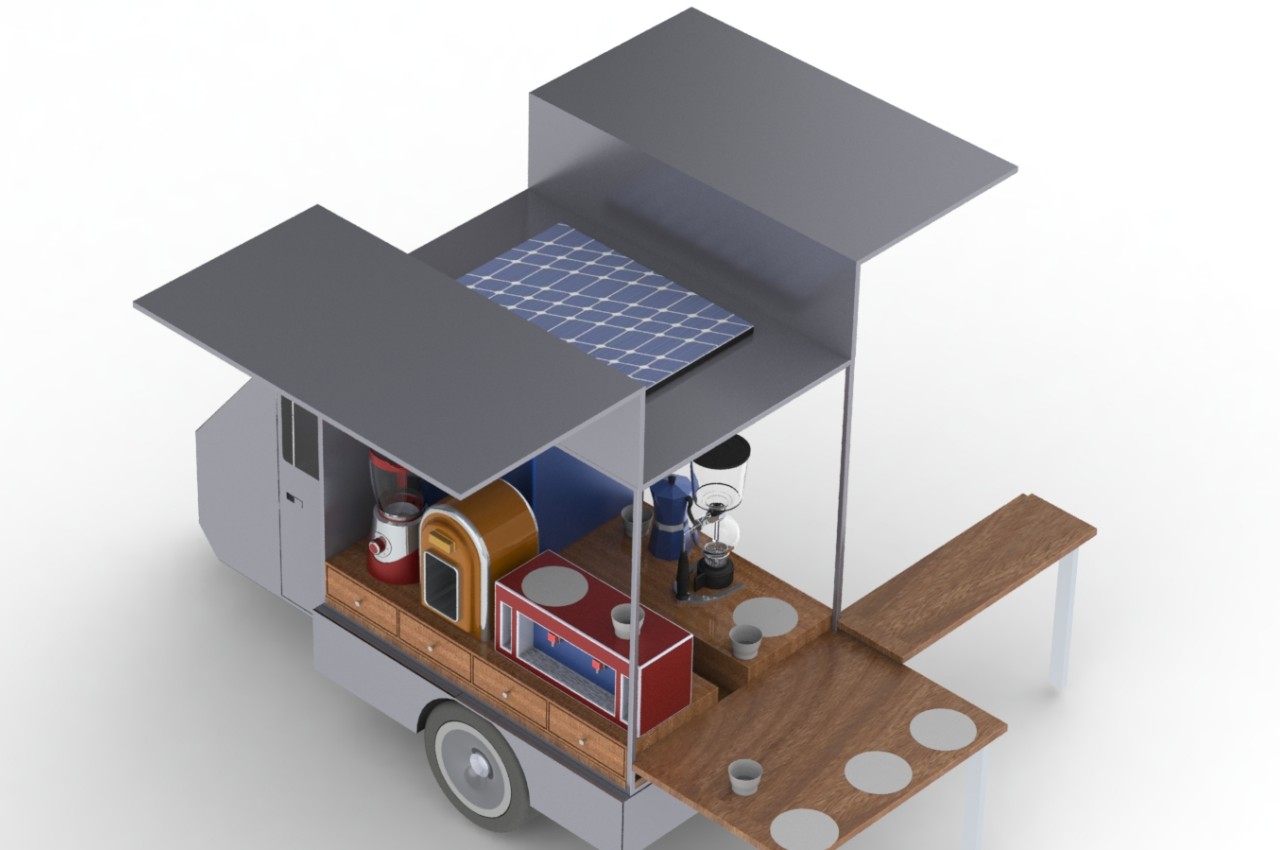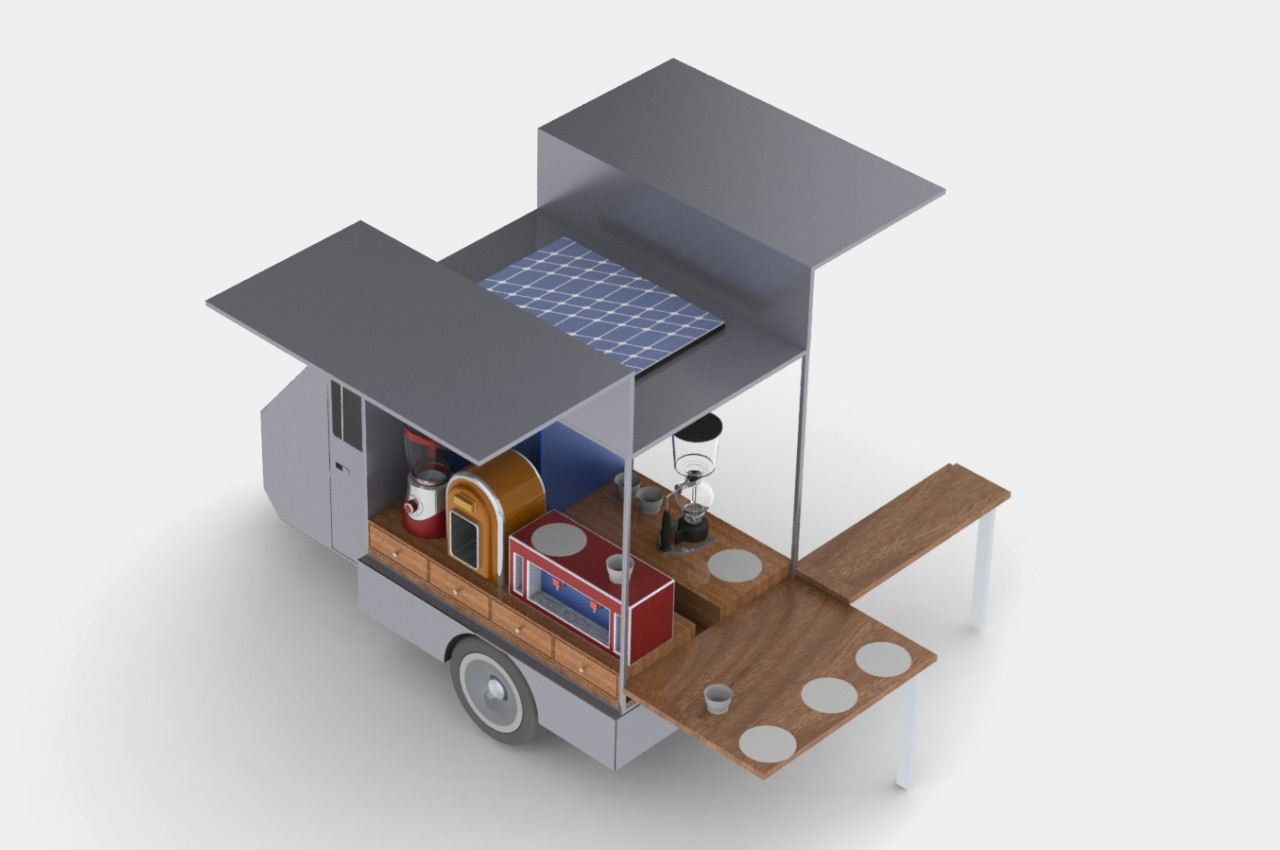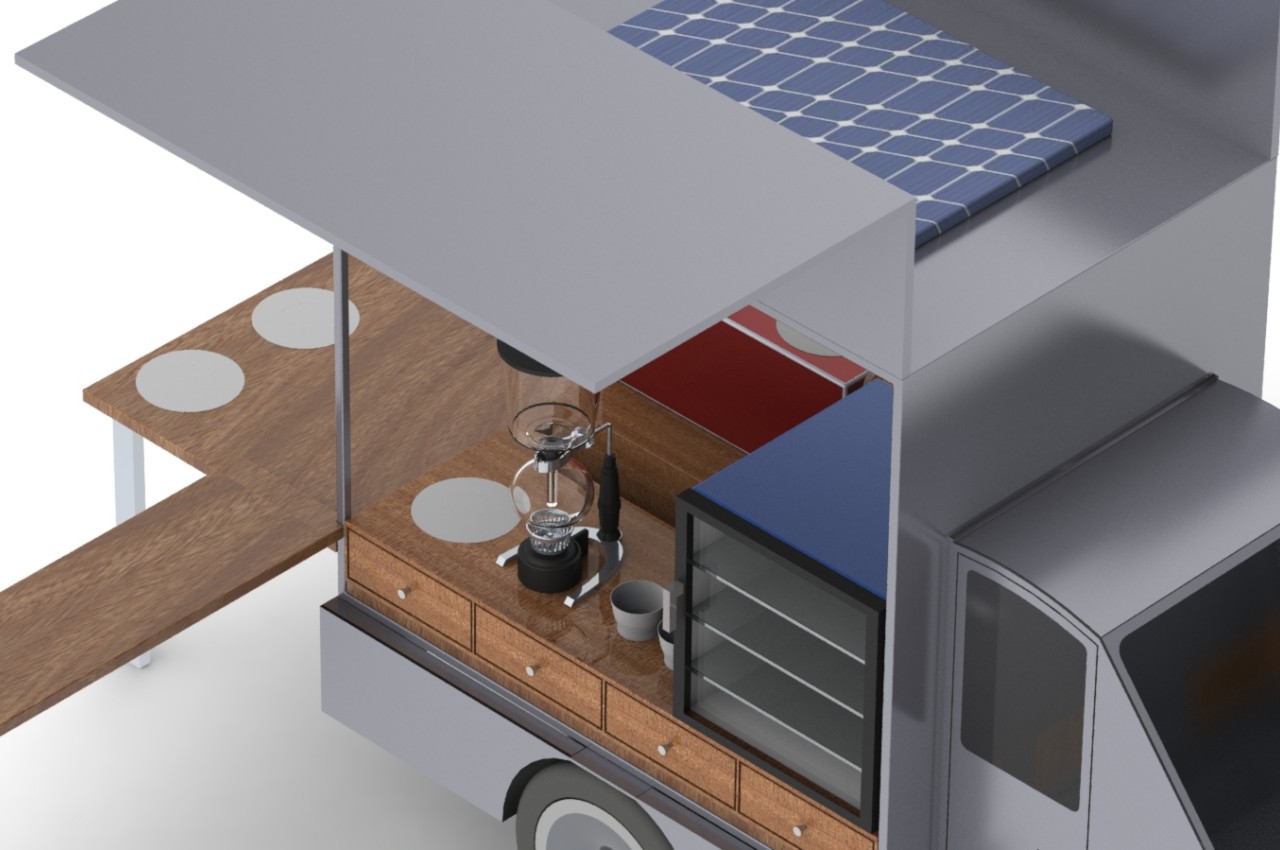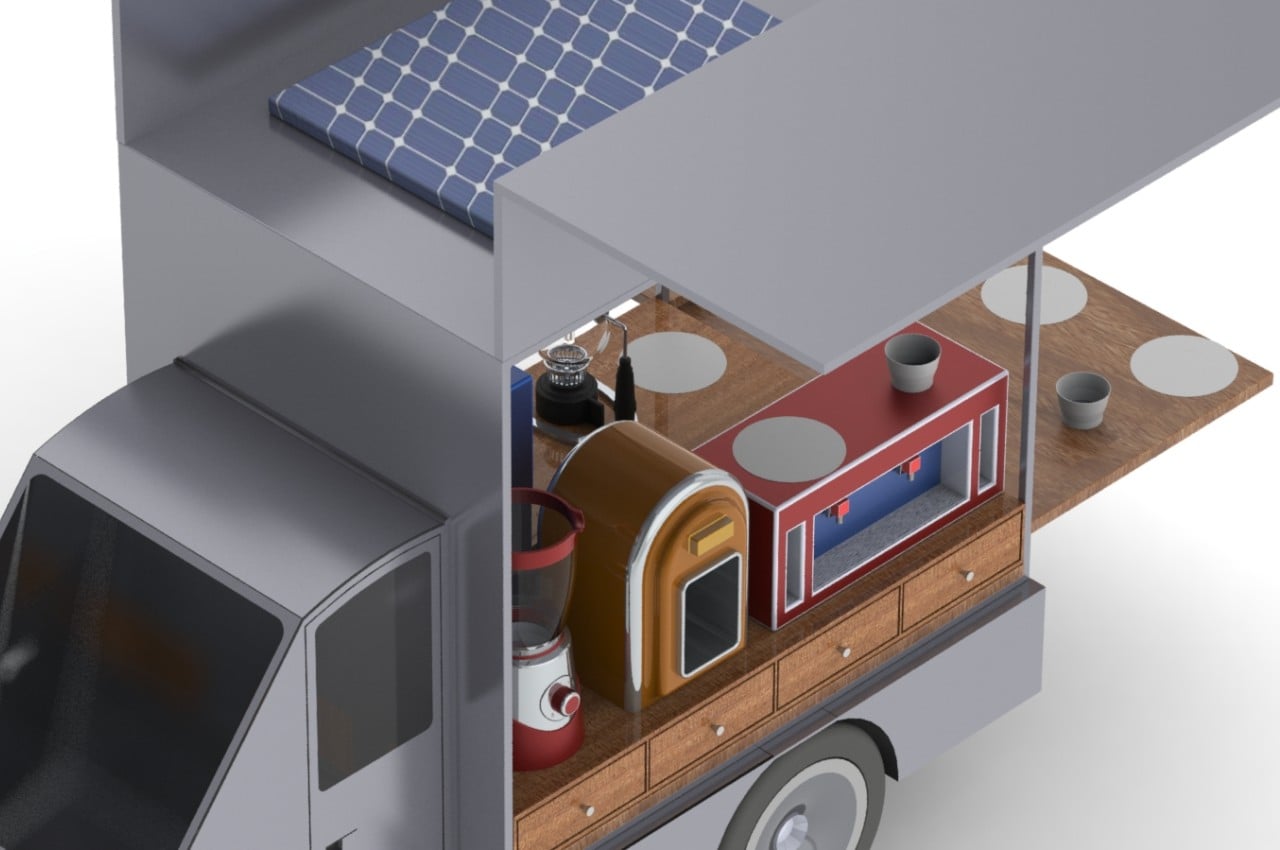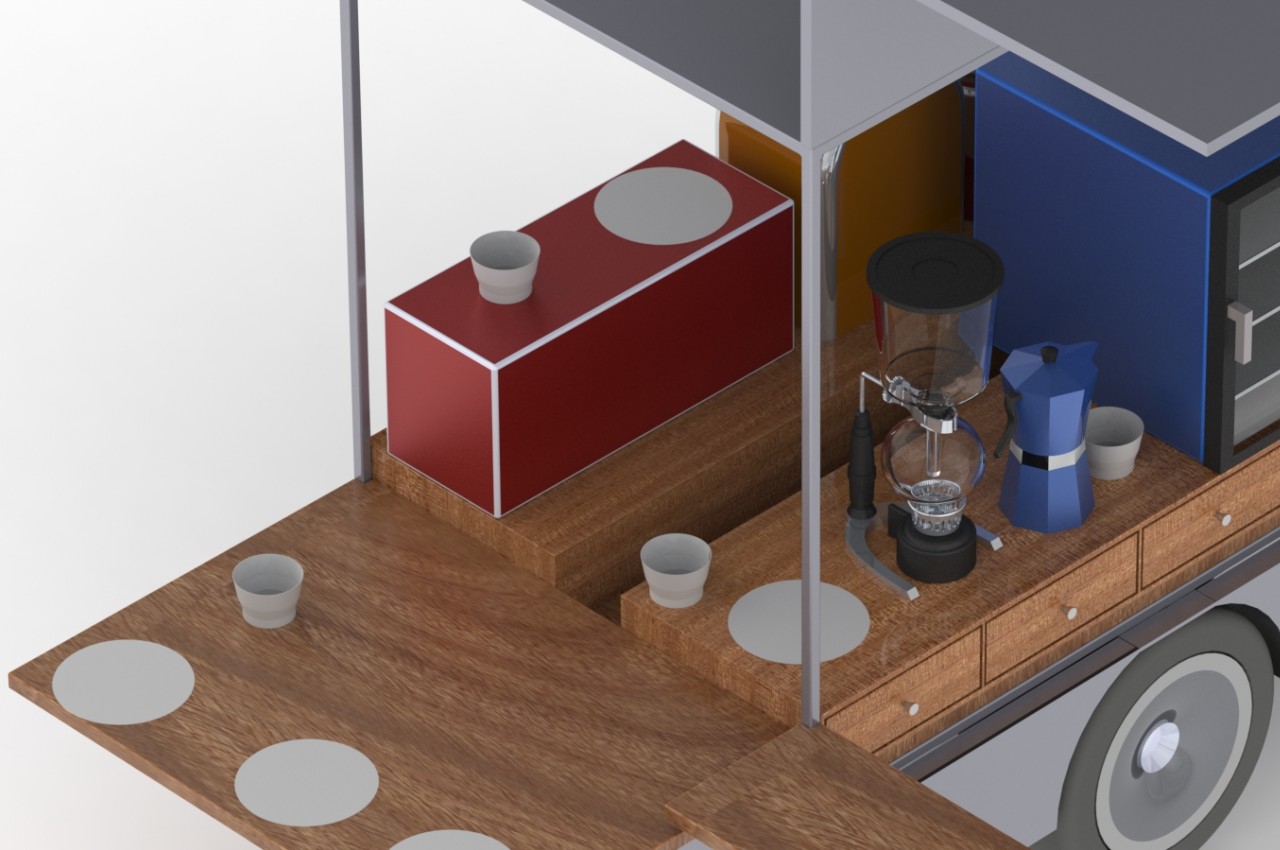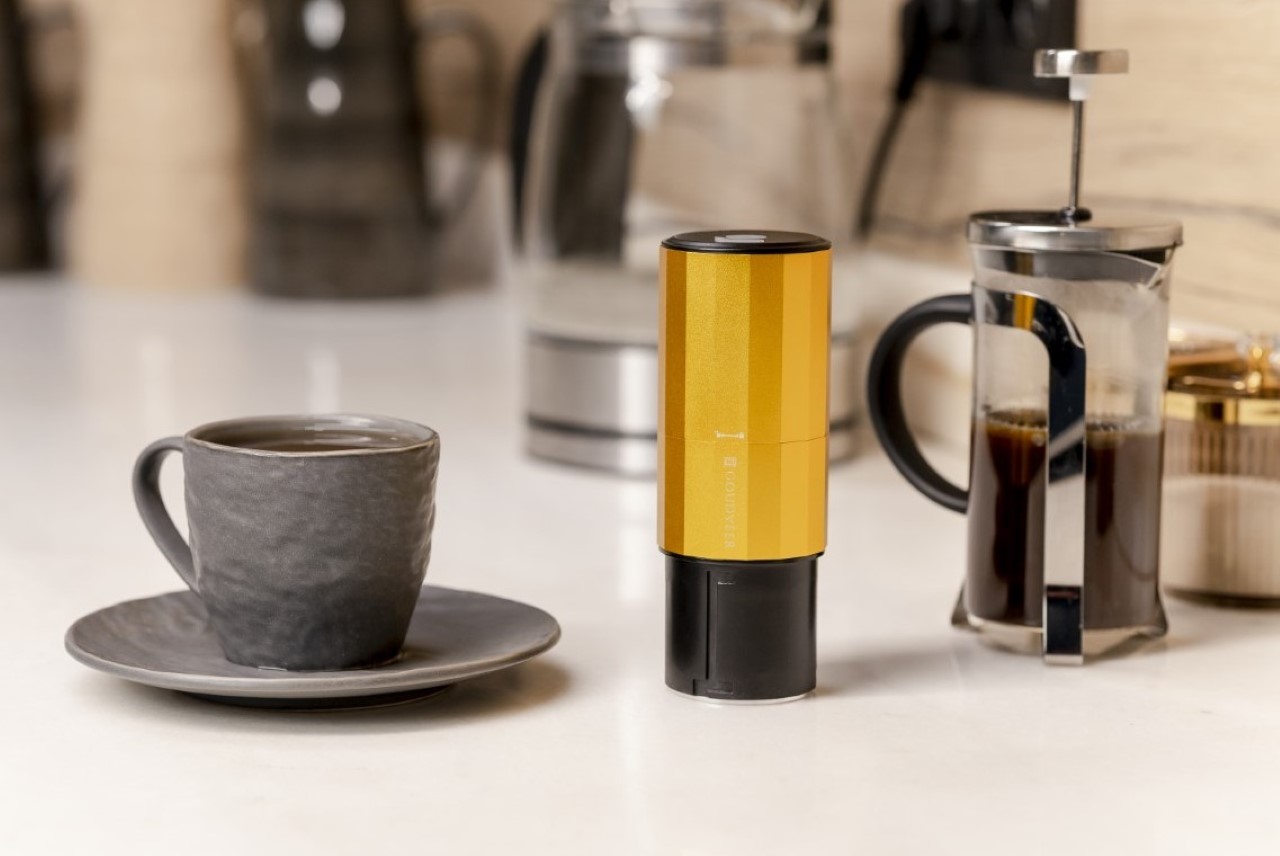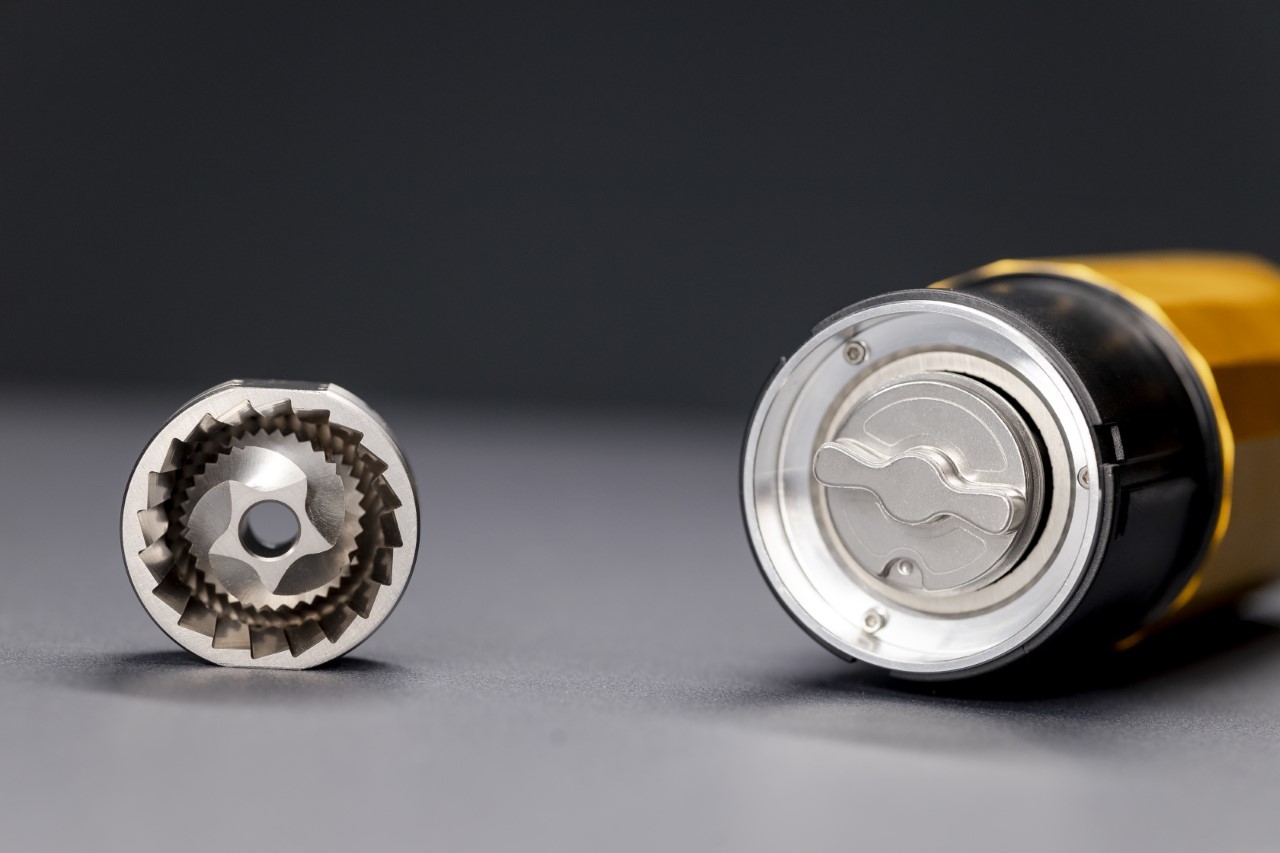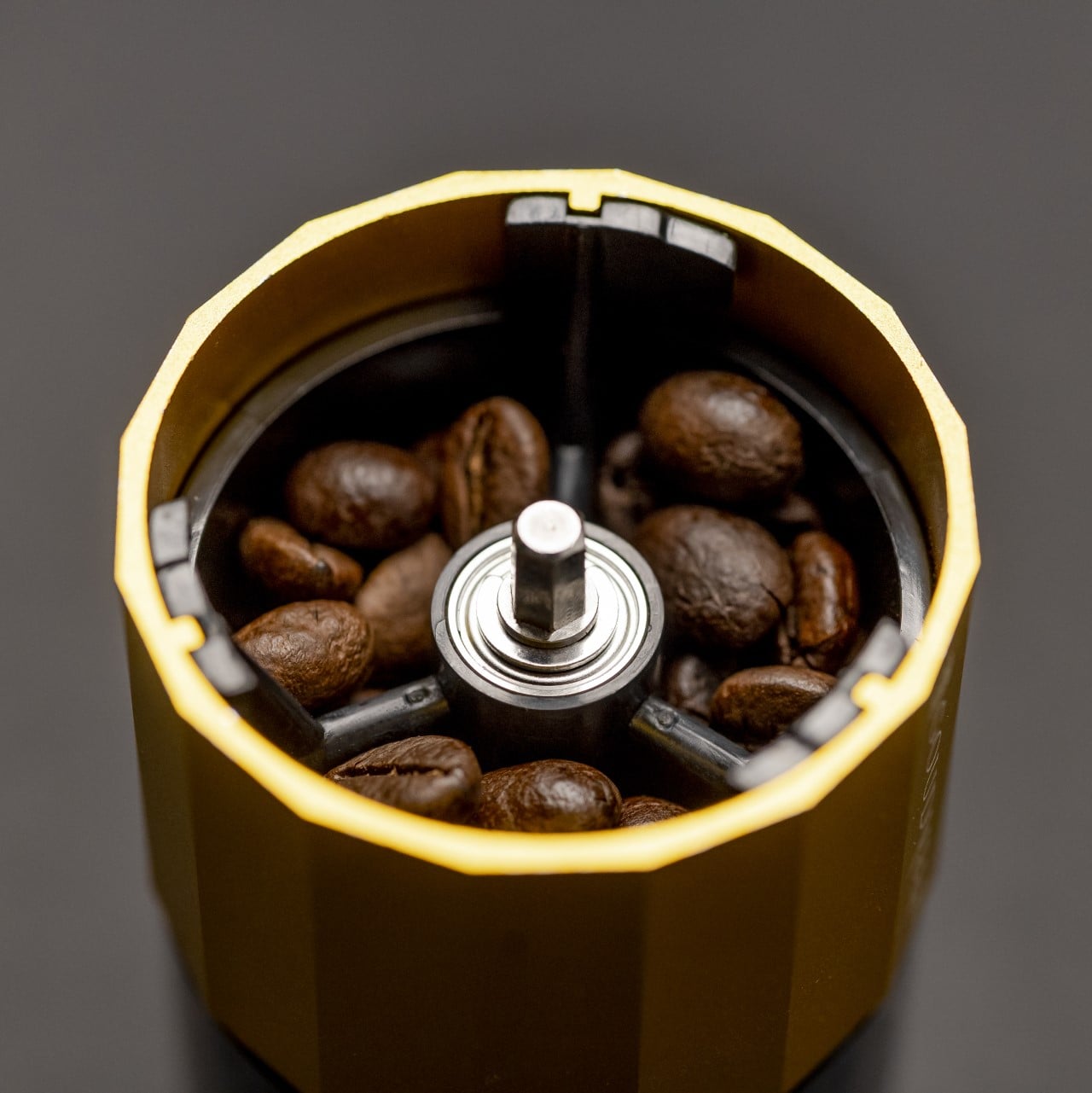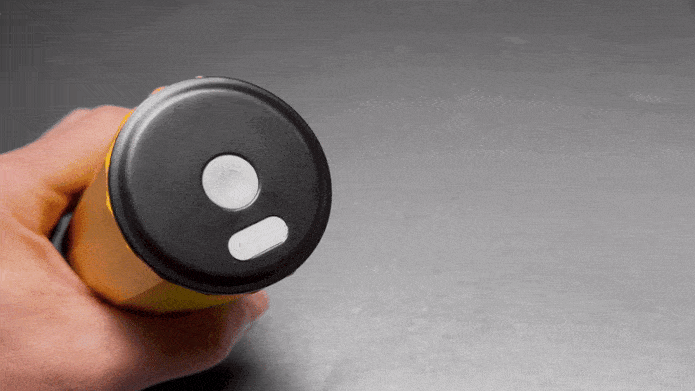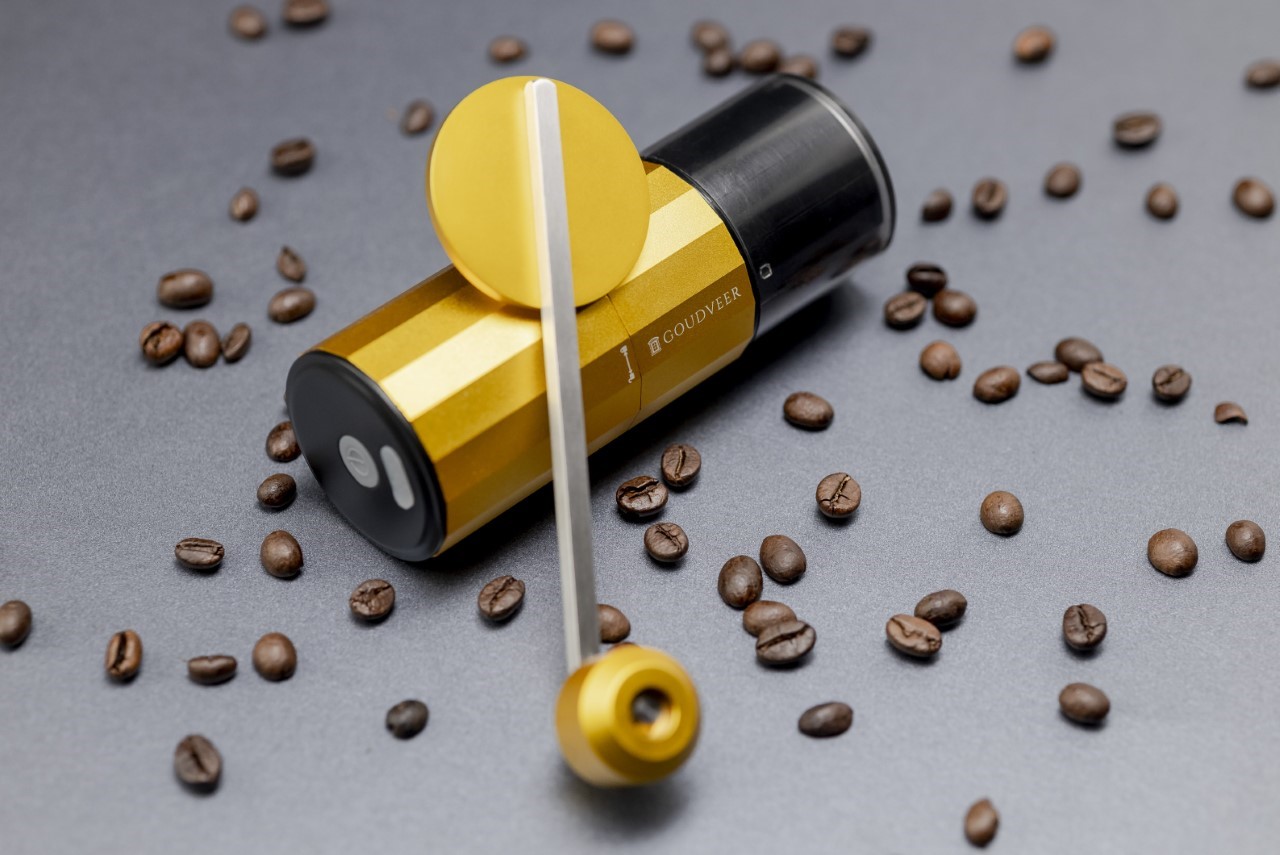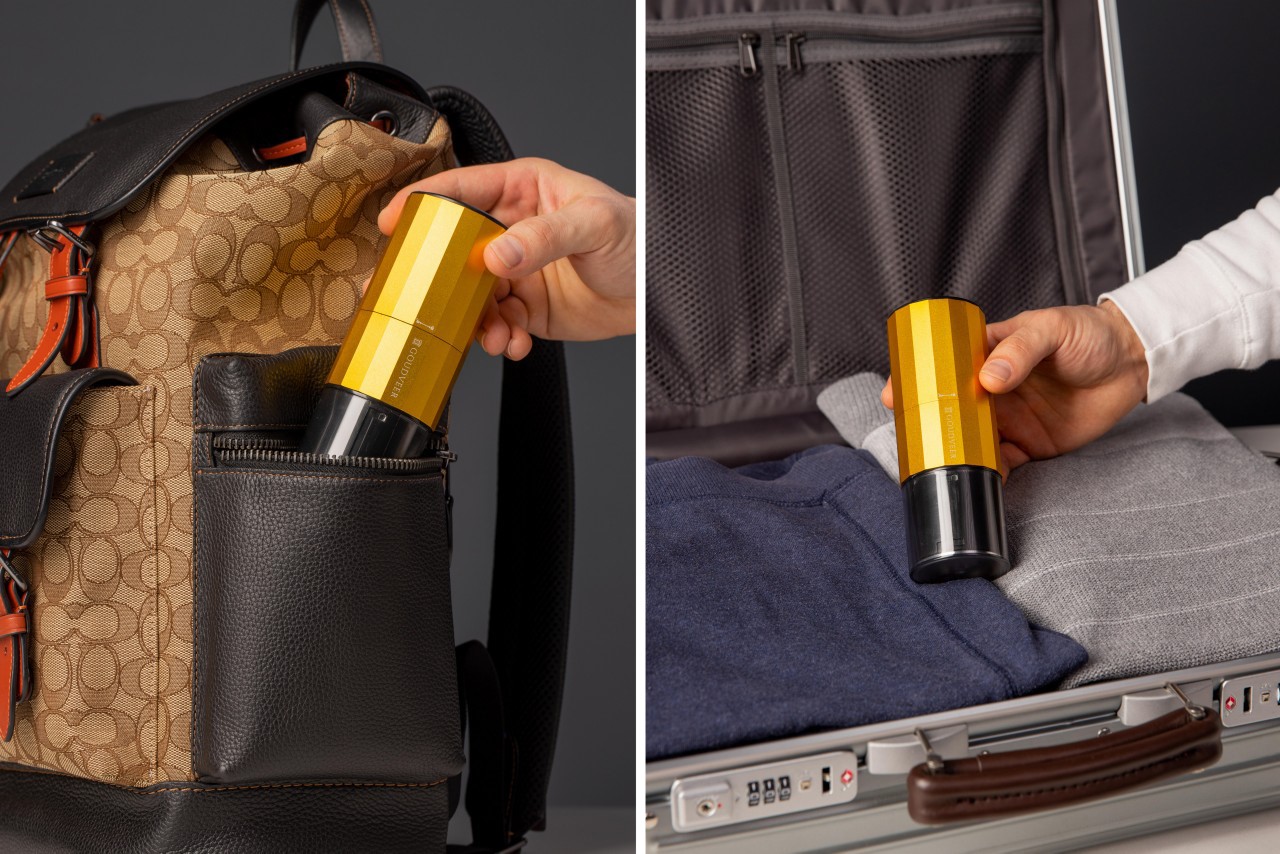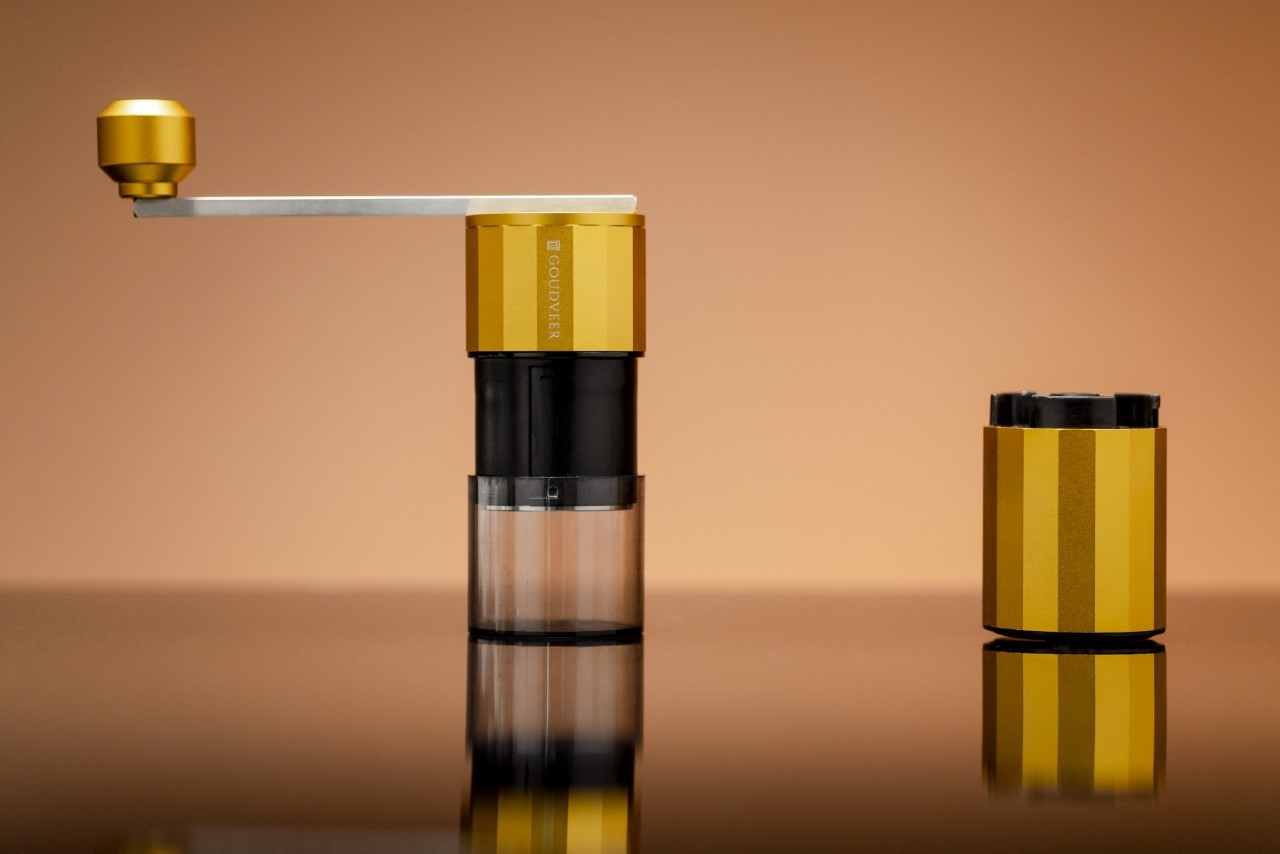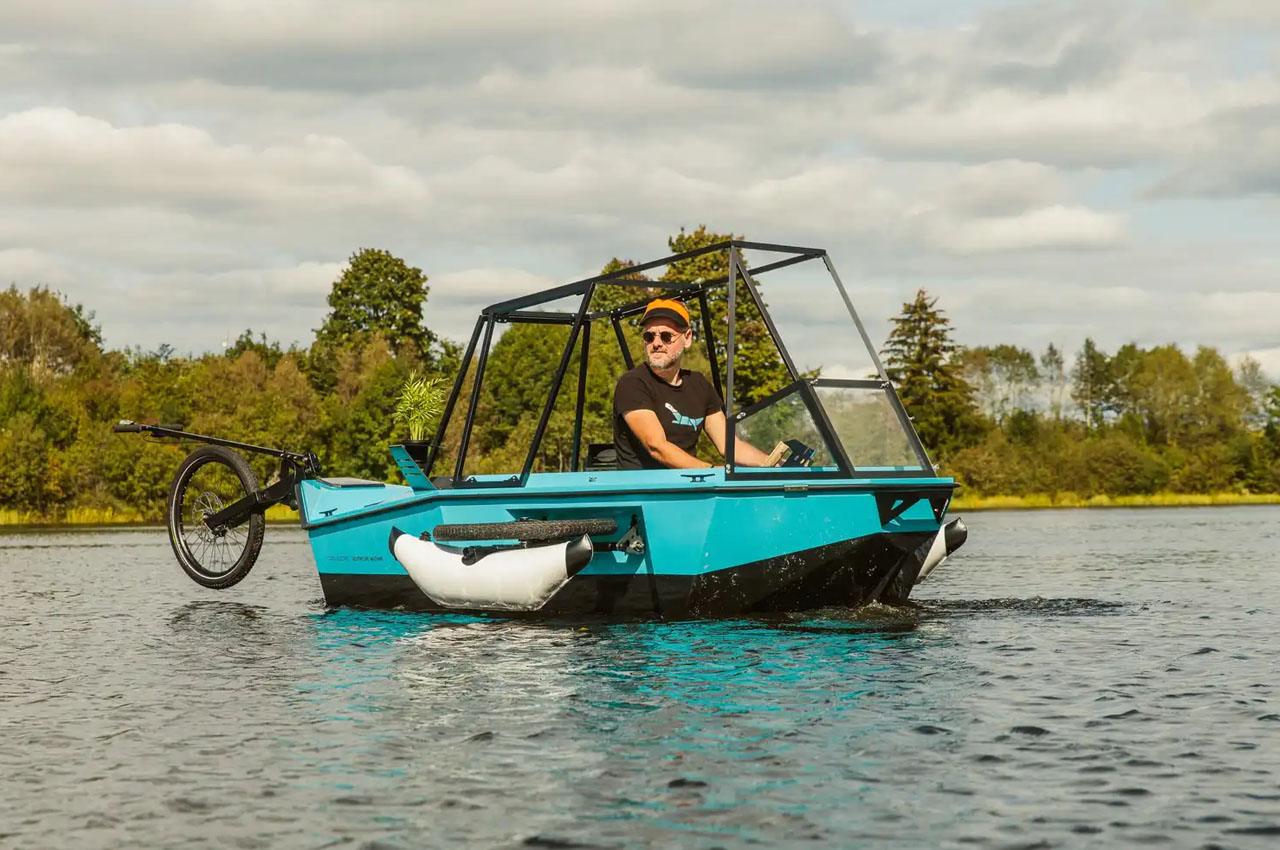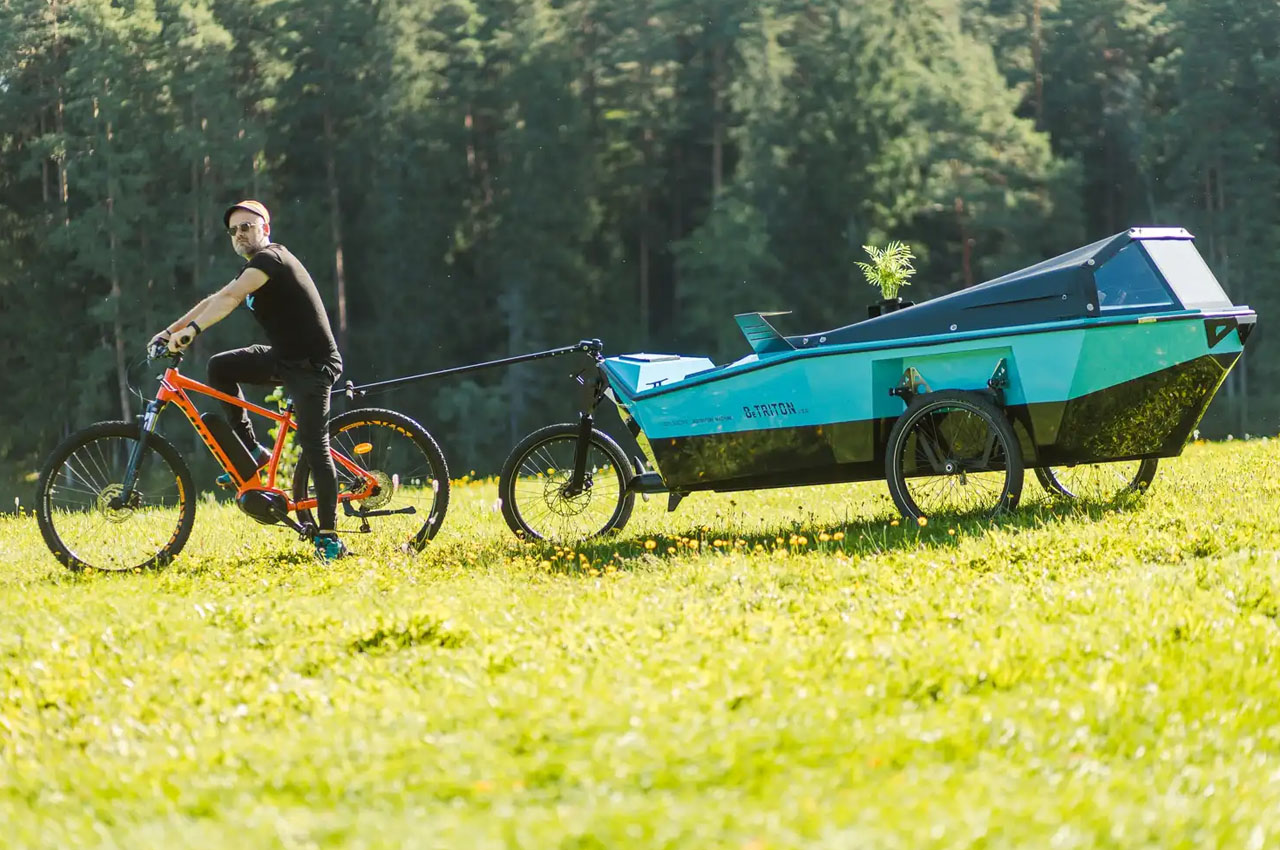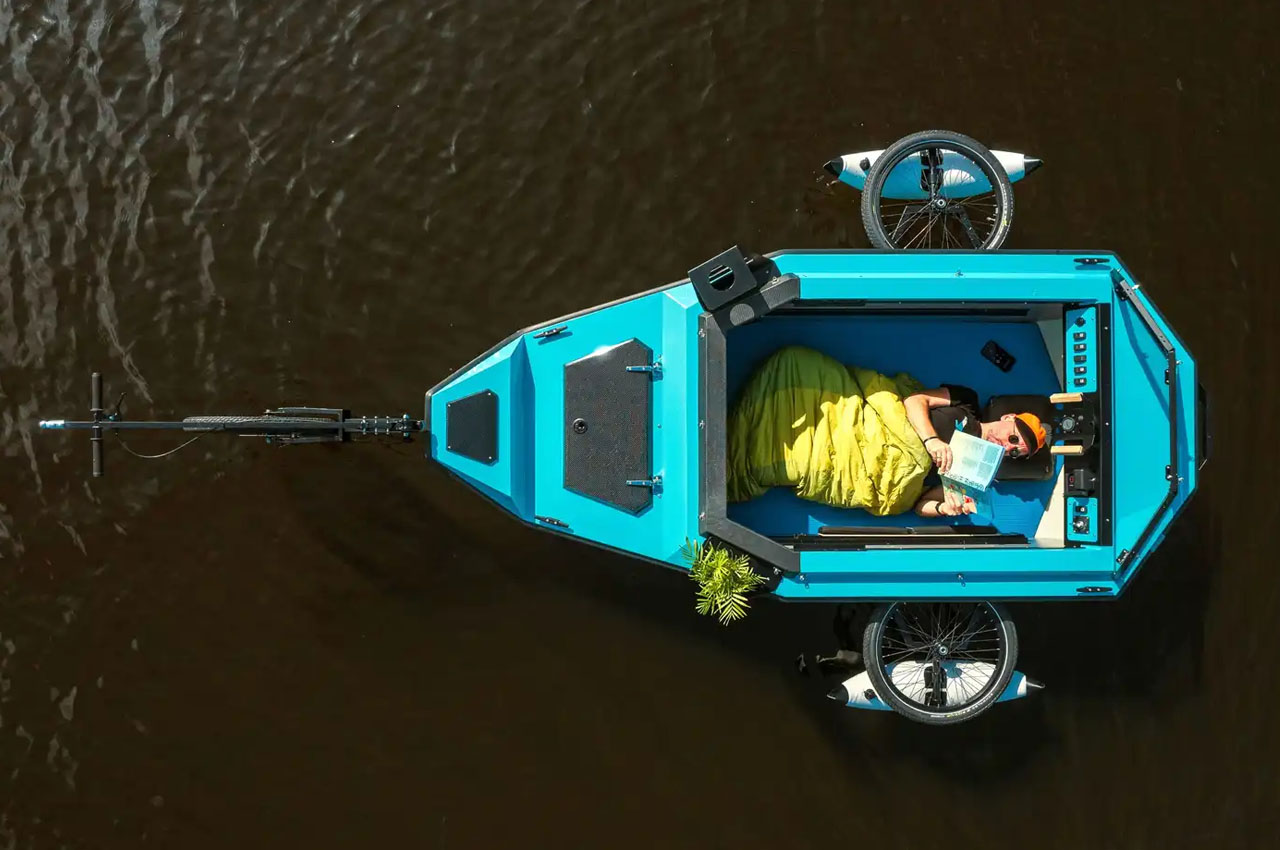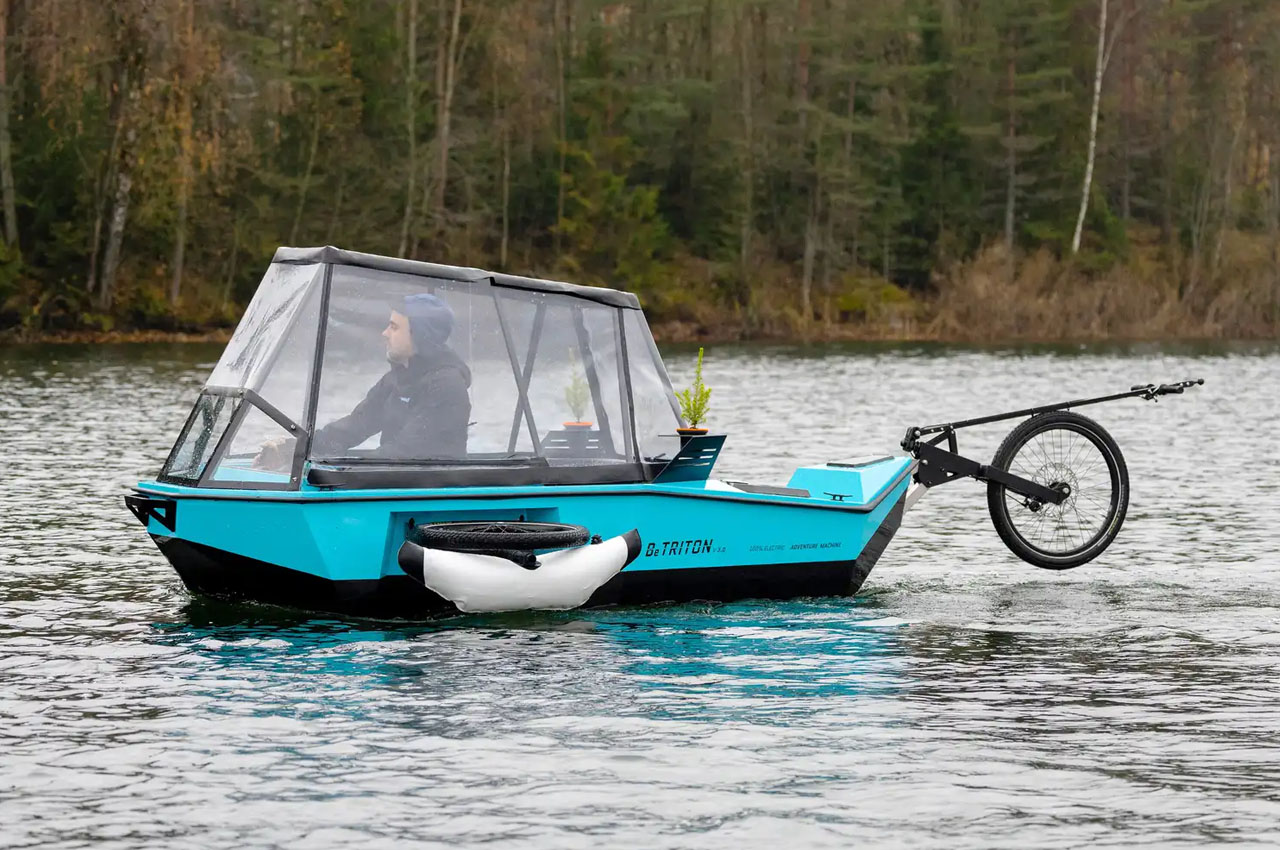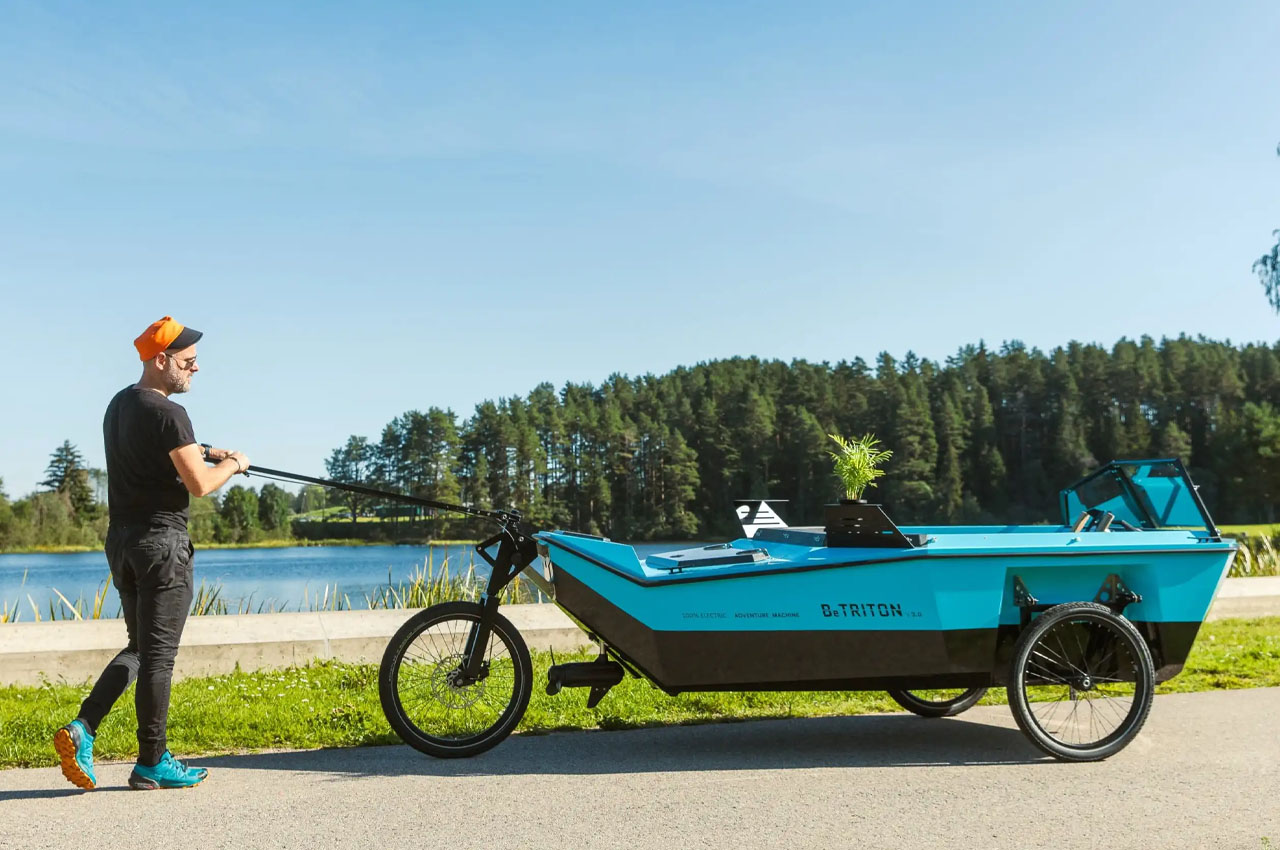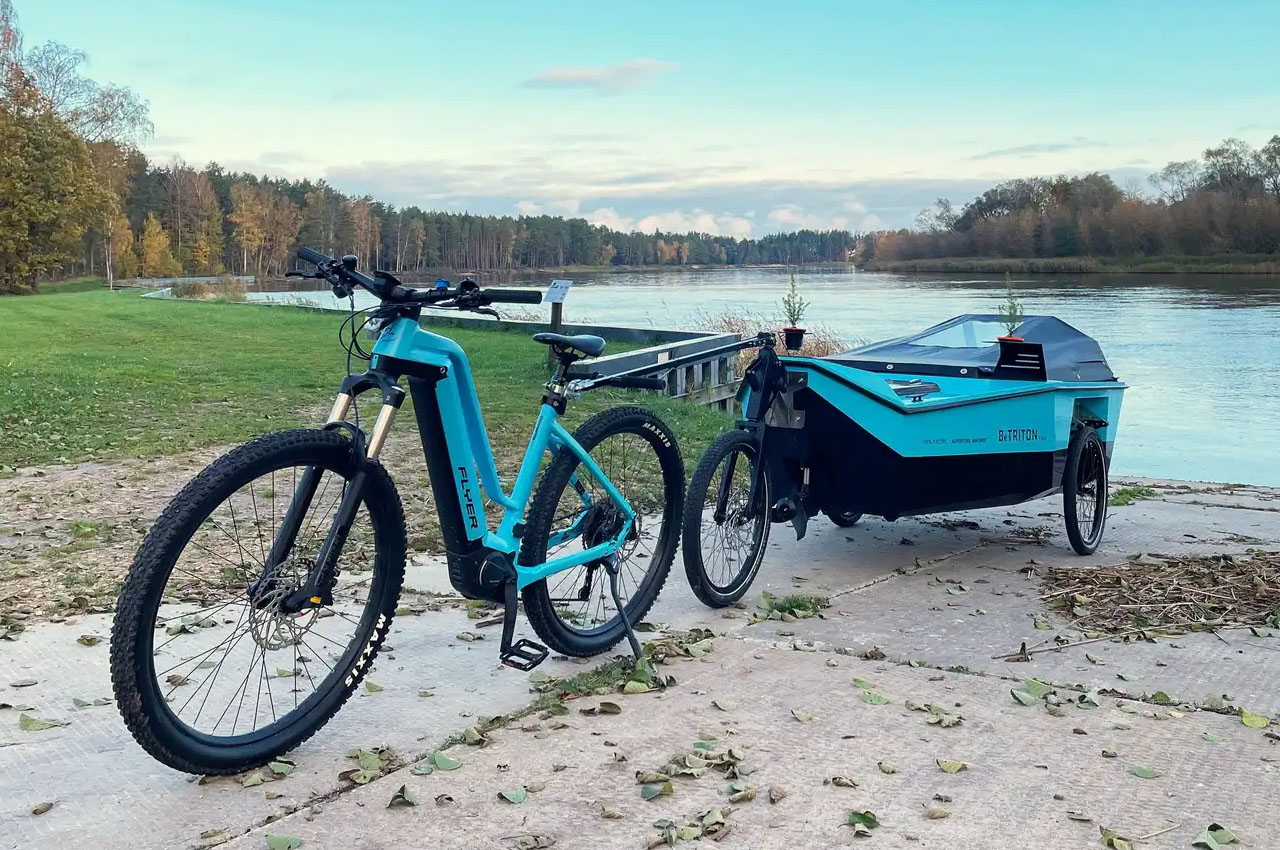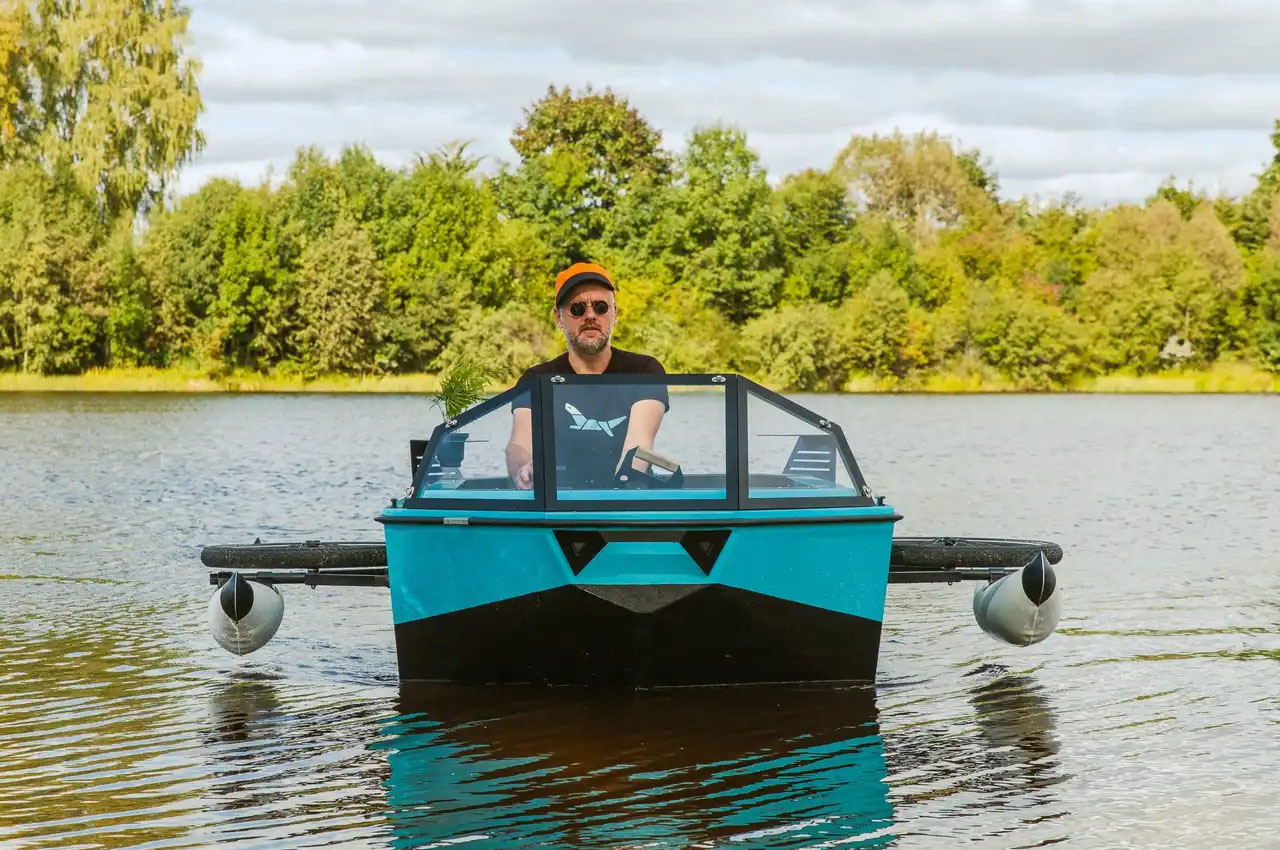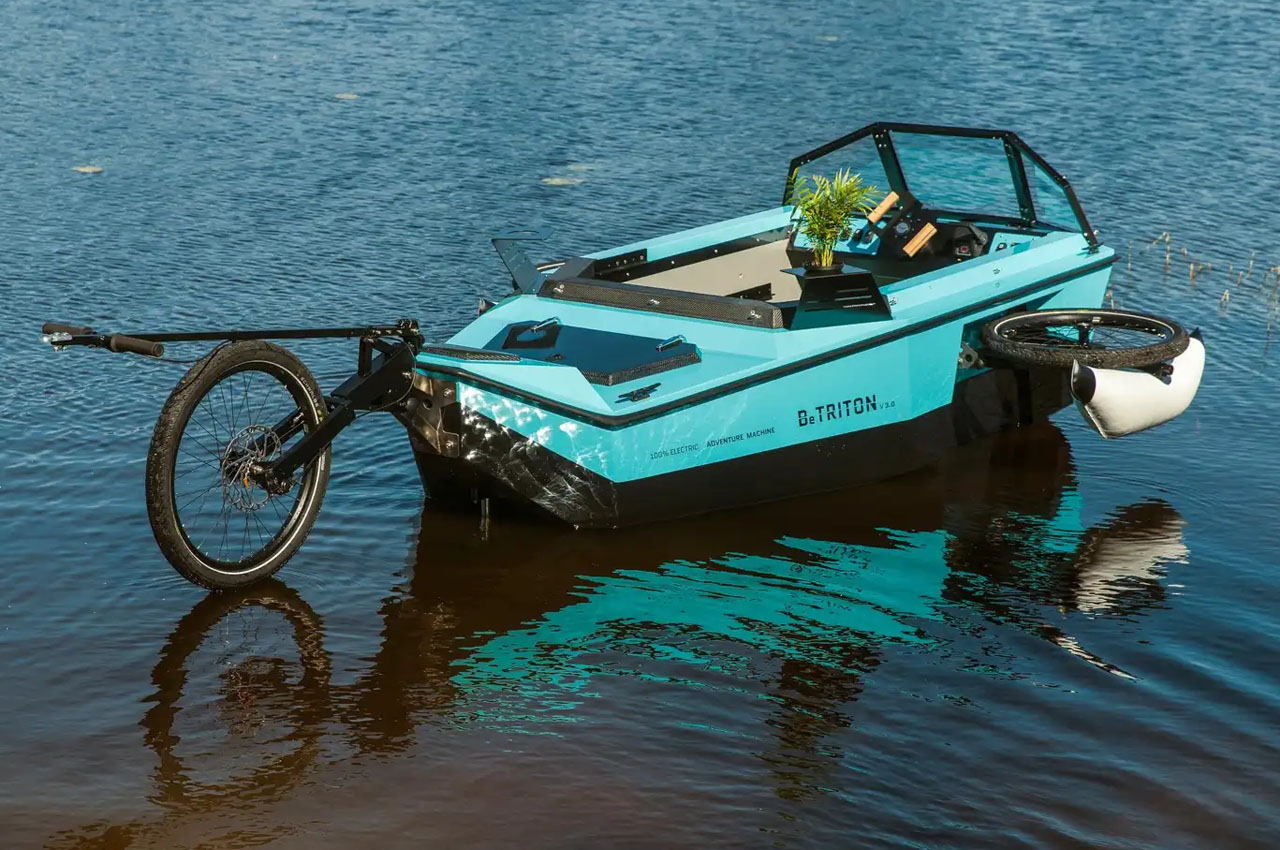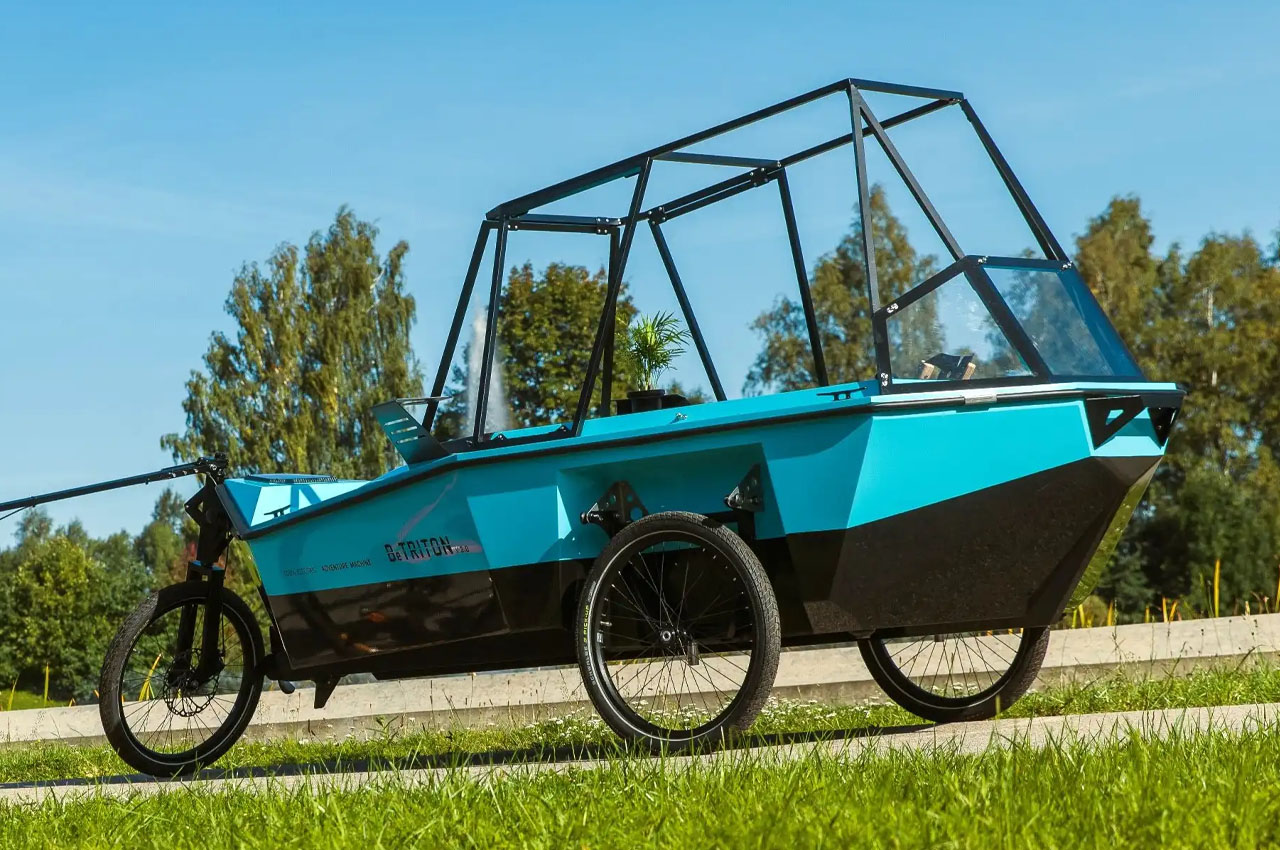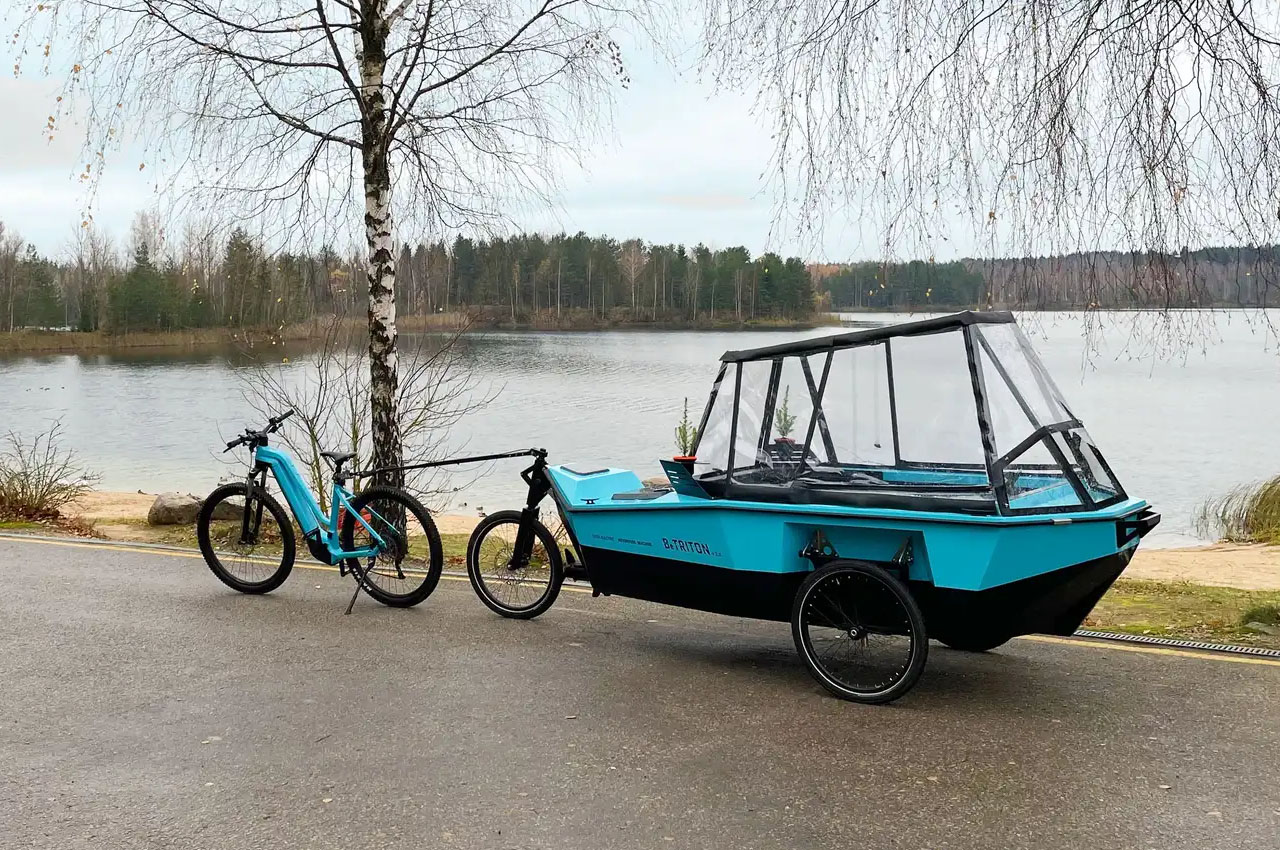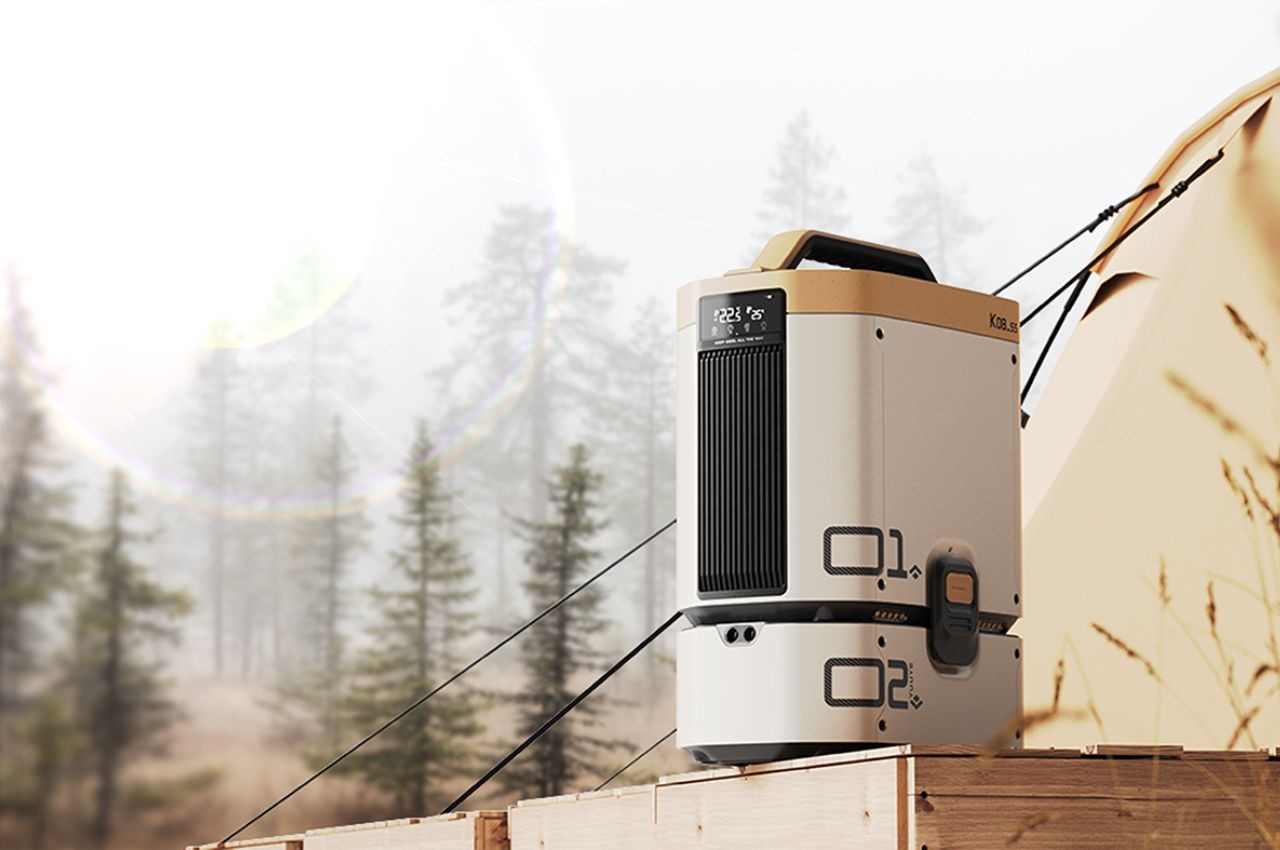
Living in a city like Dubai, where the scorching summer heat can be relentless, I can totally understand the value of a reliable air conditioner. Imagine taking that comfort outdoors with a portable air conditioner – a dream come true for residents like myself. The Yuuye Portable Air Conditioner is designed to transform outdoor spaces into cool, refreshing havens during the sweltering summer months.
Designers: HAORAN and Yifeeling Design
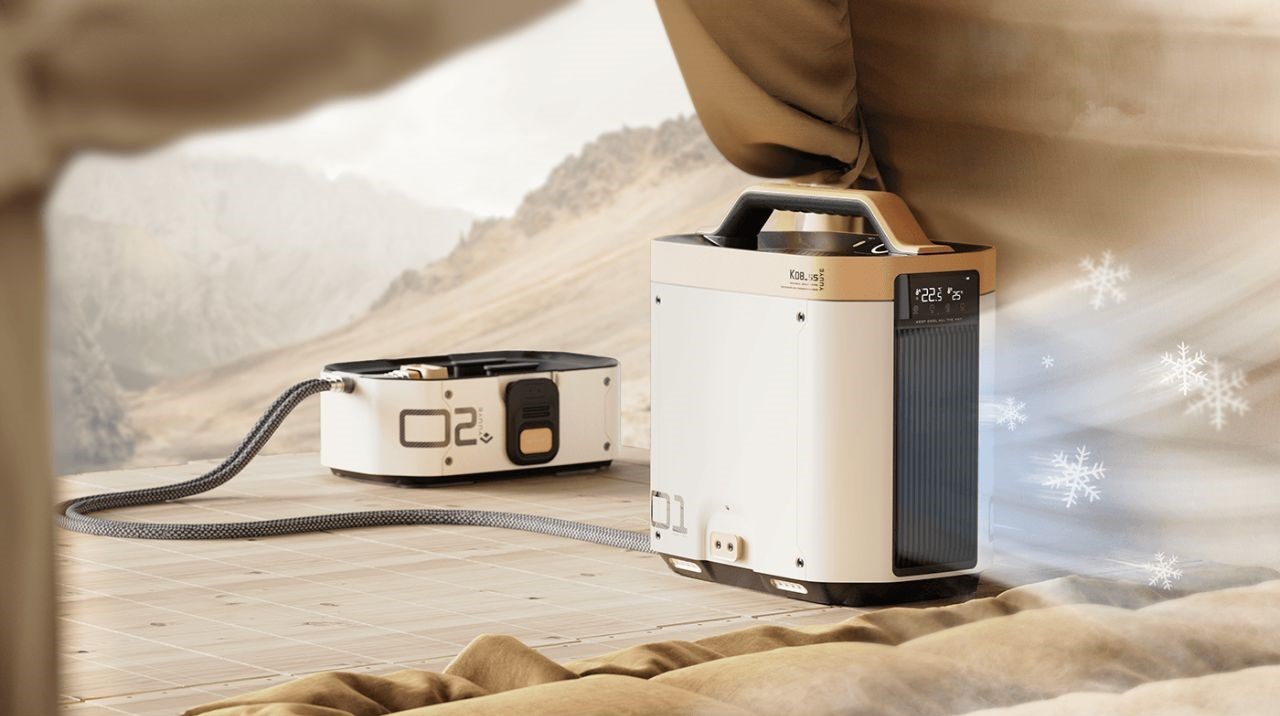
The Yuuye Portable Air Conditioner features a cutting-edge design that combines a refrigeration module with an exhaust module. This ingenious combination allows the device to efficiently suck in the surrounding heat and release cool, refreshing air, providing relief and comfort even in the midst of scorching temperatures.
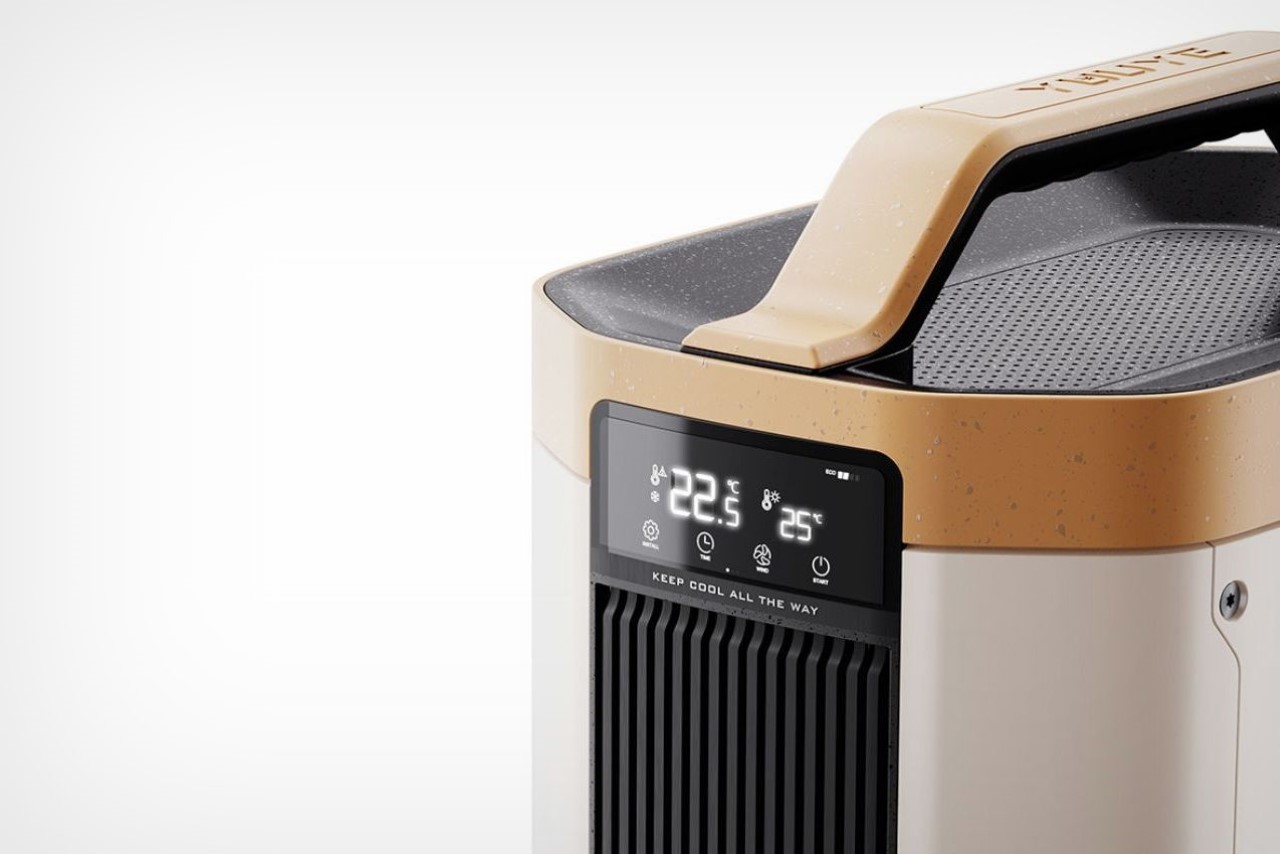

The inclusion of an LCD ensures easy control and monitoring of the cooling settings. The super-large air outlet guarantees a widespread and consistent flow of cool air, ensuring that every corner of your outdoor space is covered.
Recognizing the need for convenience, this portable Air Conditioner is designed for one-handed handling, making it easy to move and position. The quick disassembly feature further enhances portability, allowing users to effortlessly switch between different outdoor locations.
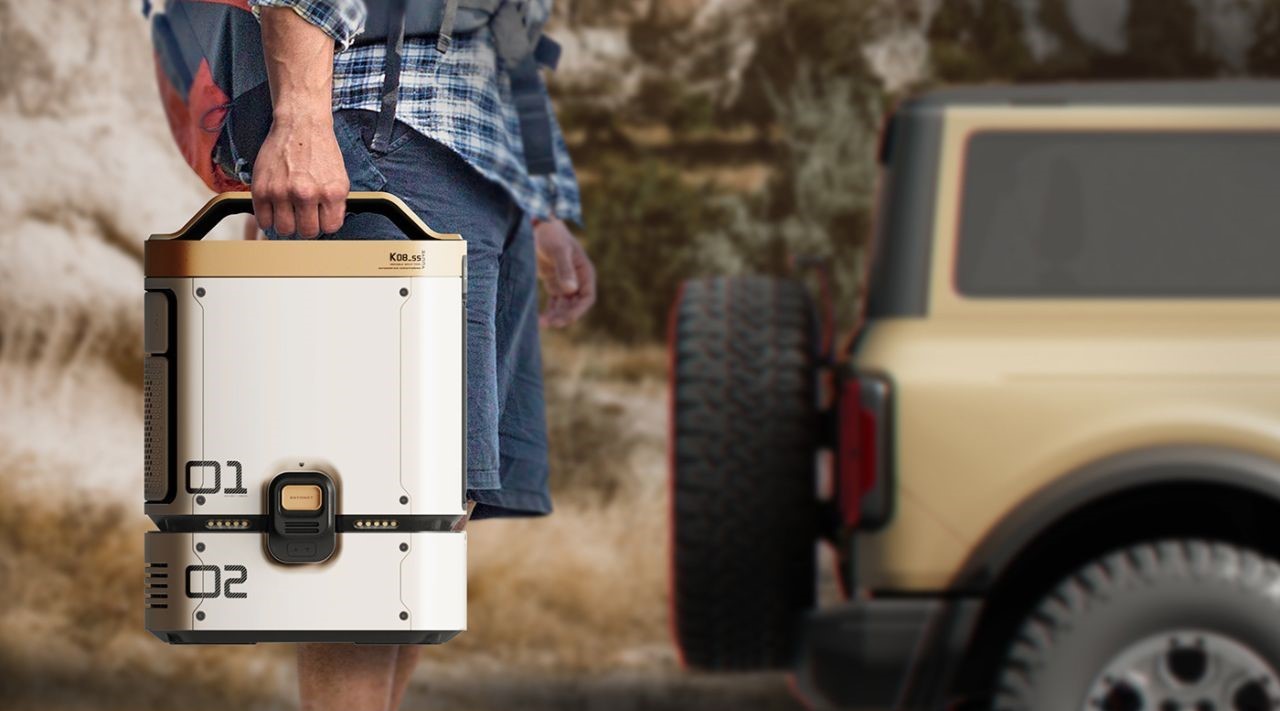
The challenges faced while using traditional outdoor air conditioning units were identified and addressed while designing the modular design of the Yuuye Portable Air Conditioner such as –
Effortless Scene Switching
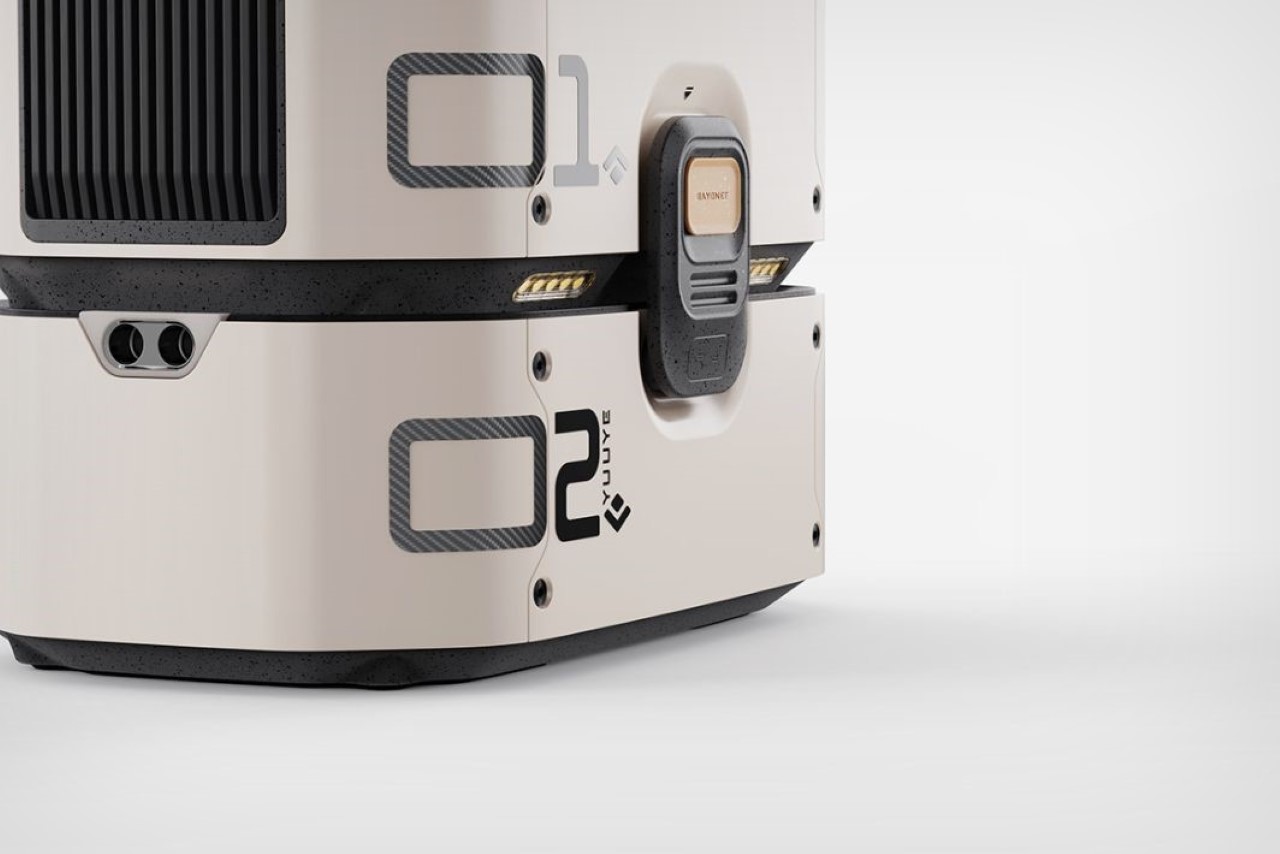
Traditional outdoor air conditioners often involve heavy components and energy-consuming behaviors during scene switching. The Yuuye Portable Air Conditioner utilizes a modular approach, allowing users to detach the upper and lower modules with a simple ‘release and lift’ mechanism. This innovative design turns scene switching from a physically demanding task into a comfortable and hassle-free experience.
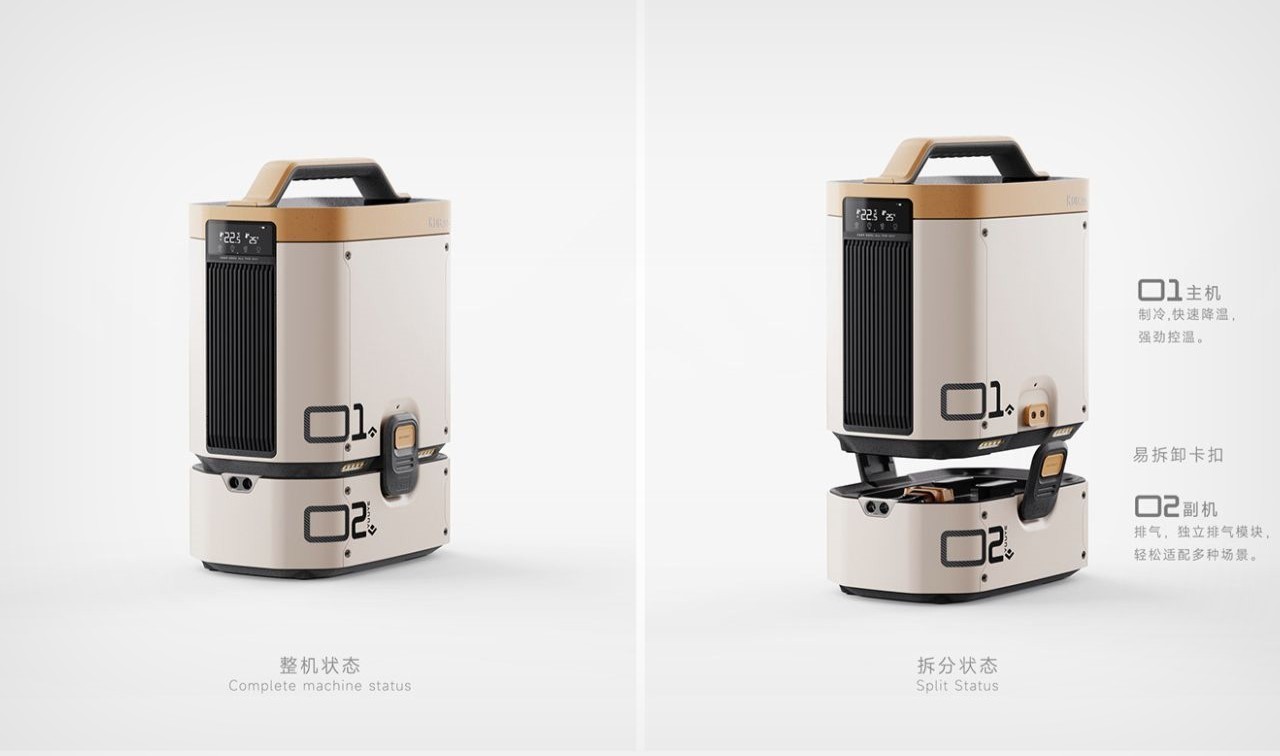
Mosquito Prevention
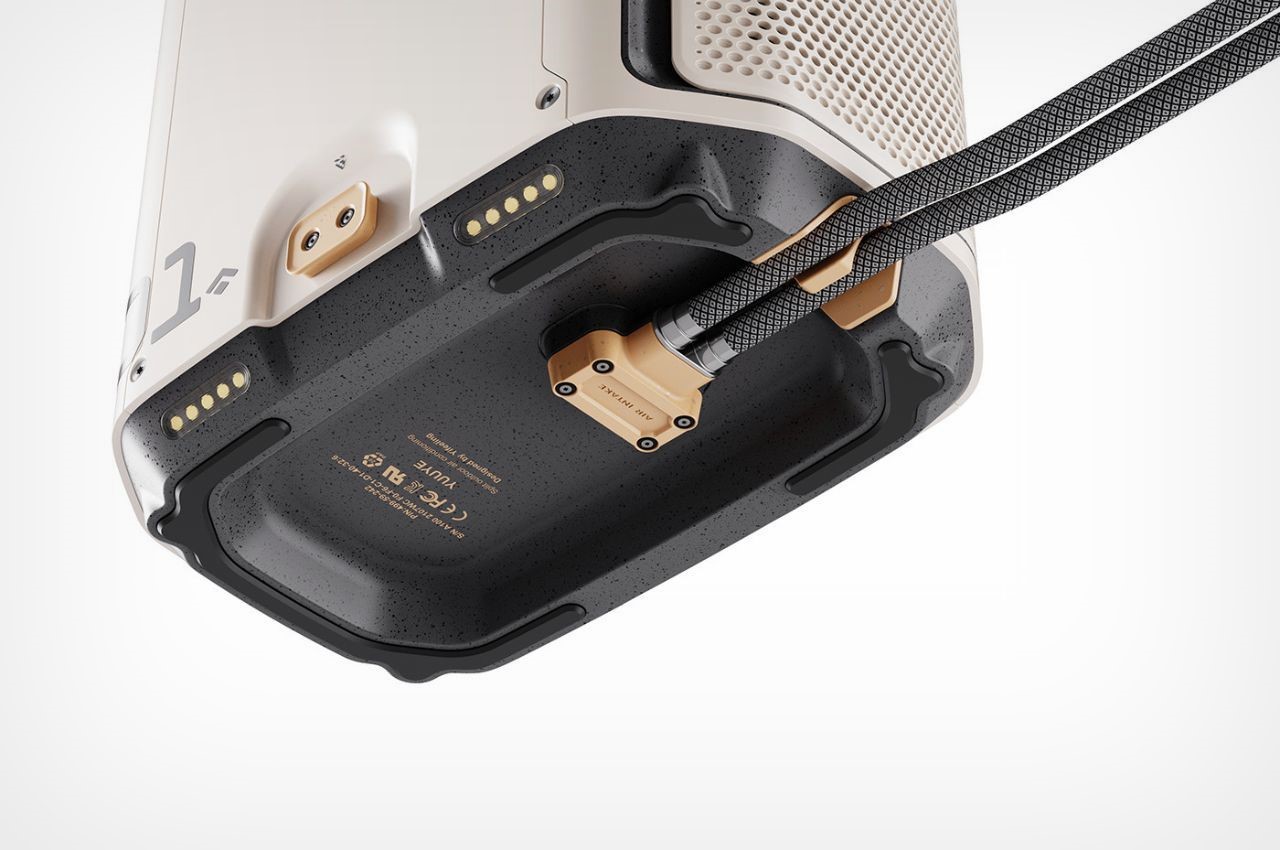
Thick exhaust pipes in traditional outdoor air conditioners can create gaps between the tent and the pipes, allowing mosquitoes to enter. The Yuuye Portable Air Conditioner eliminates this issue with an independent exhaust block, ensuring a mosquito-free outdoor experience.
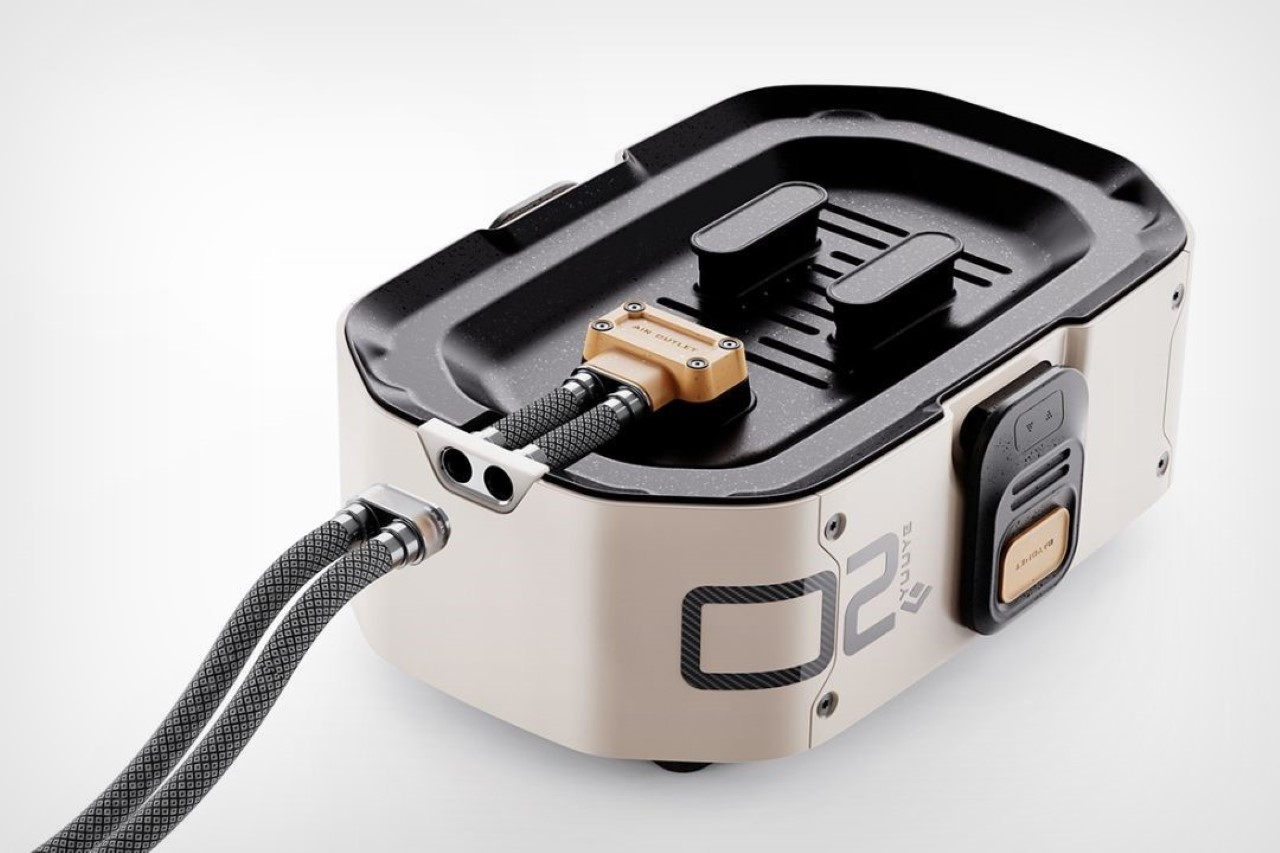
Space Efficiency
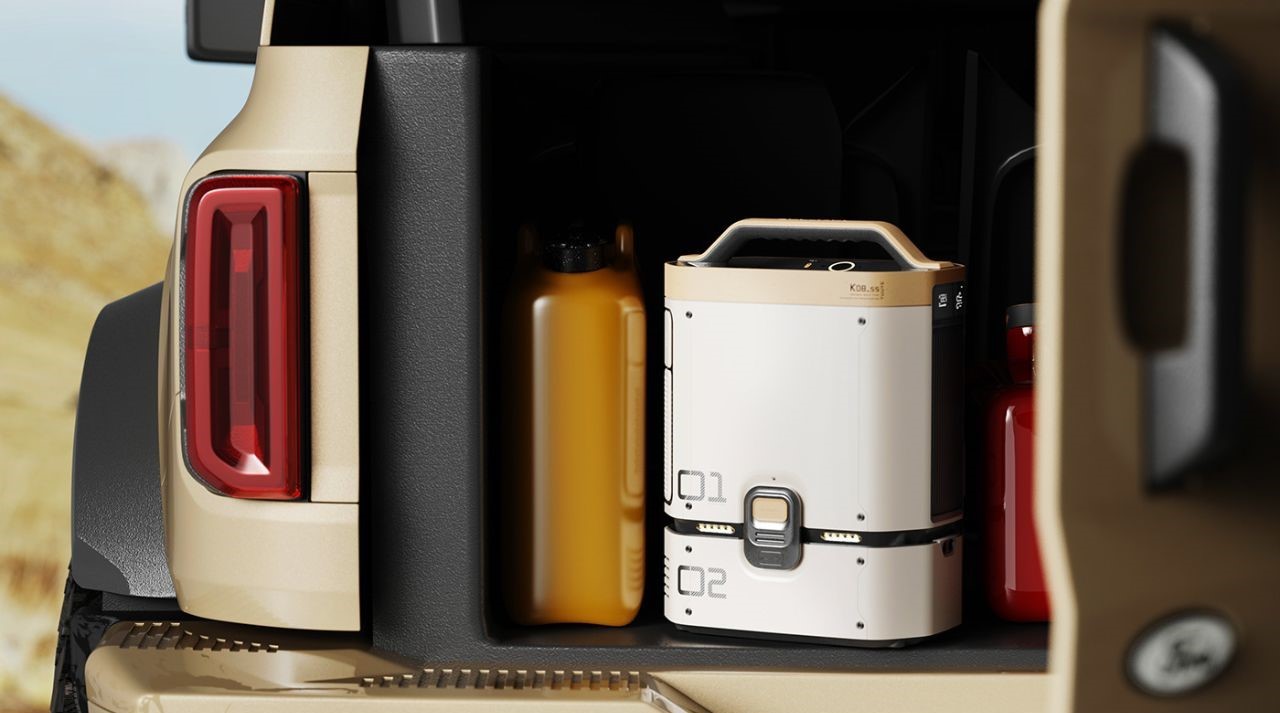
The large volume of traditional outdoor air conditioners often occupies significant space in the trunk. The modular design of the Yuuye Portable Air Conditioner allows for efficient use of space, making it more practical and convenient for transportation.
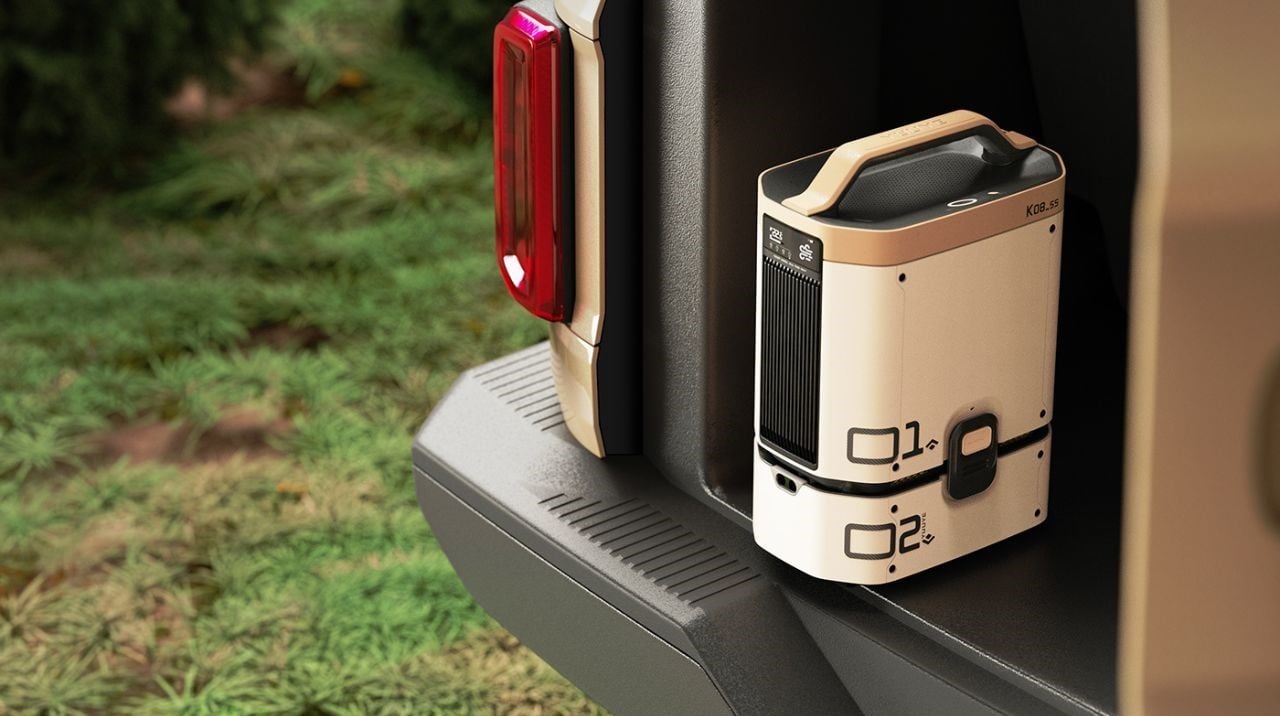
Operation Mode
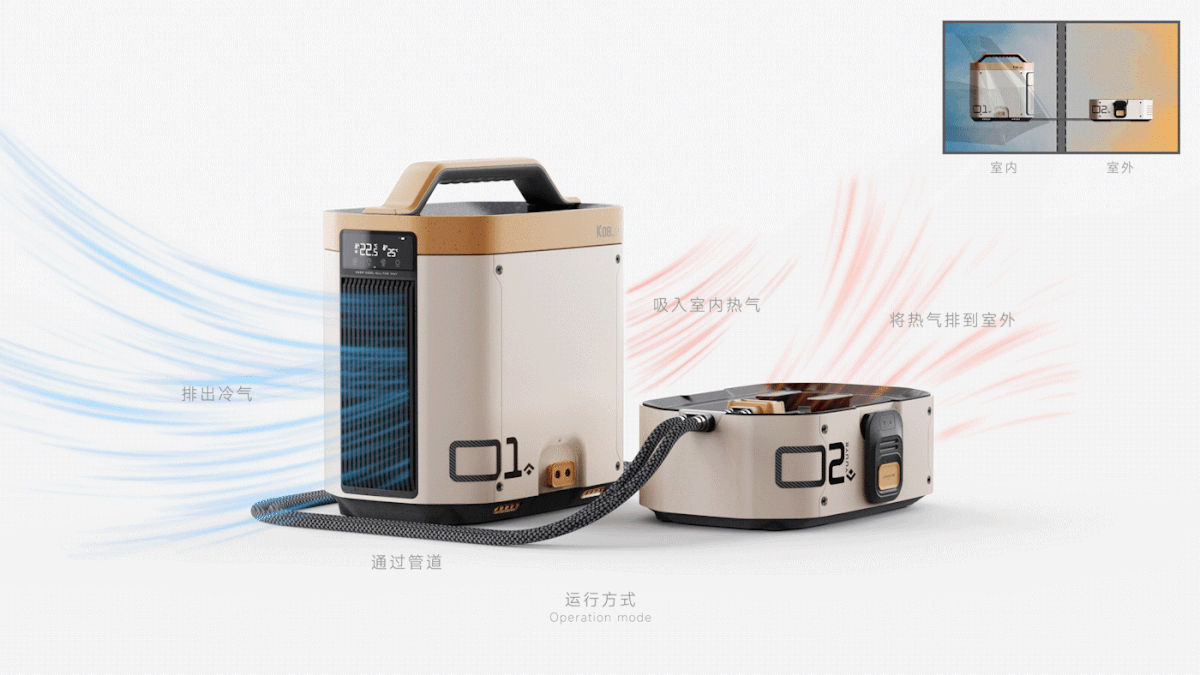
The Yuuye Portable Air Conditioner operates by taking in indoor heat, processing it through the refrigeration module for rapid cooling and strong temperature control, and then releasing the hot air outside through the exhaust module. This efficient process ensures a constant and comfortable cooling experience in outdoor settings. However, the battery life is unknown but I’m sure the designers would’ve taken care of it.
Yuuye Portable Air Conditioner is a game-changer for those living in hot climates, offering a portable solution to enjoy the outdoors without sacrificing comfort. Its innovative design, user-friendly features, and modular approach make it a valuable addition to the arsenal of anyone looking to beat the heat in style.
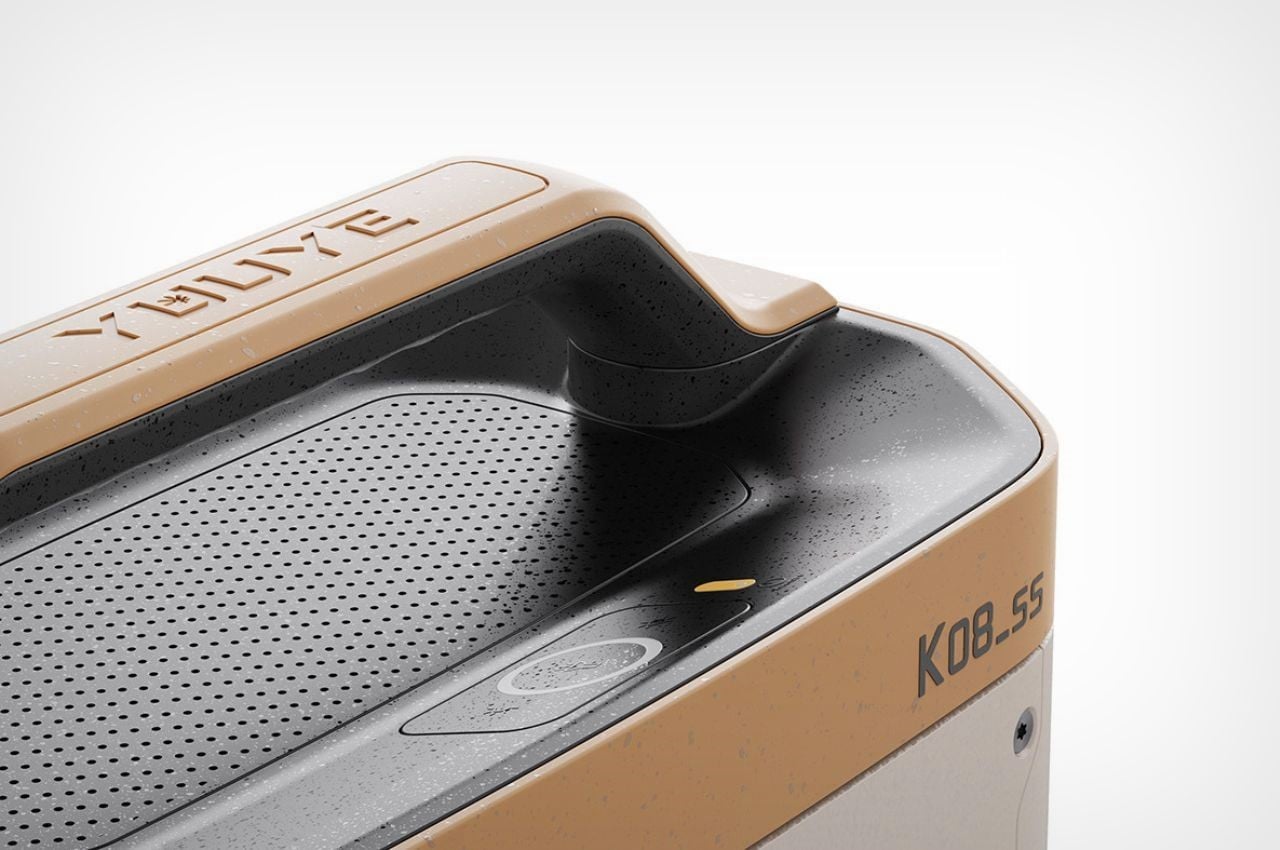
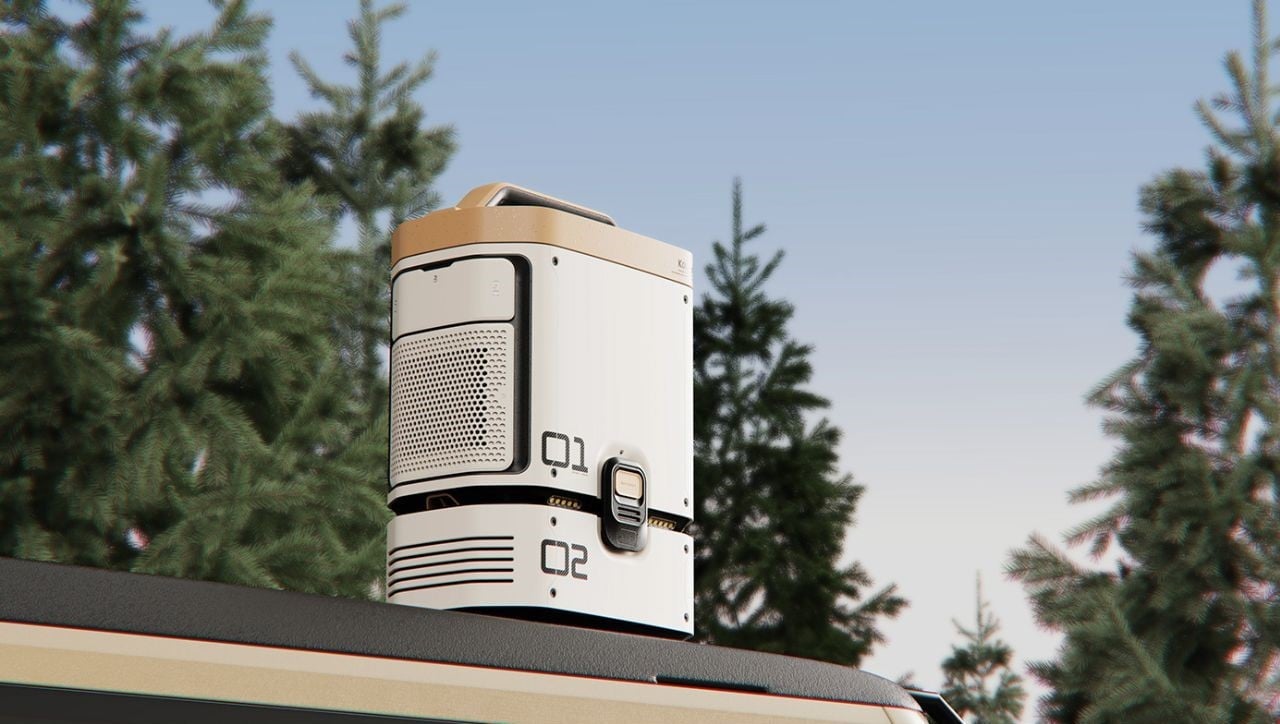
The post Portable Air Conditioner Lets You Enjoy The Outdoors Even During Harsh Summers first appeared on Yanko Design.

